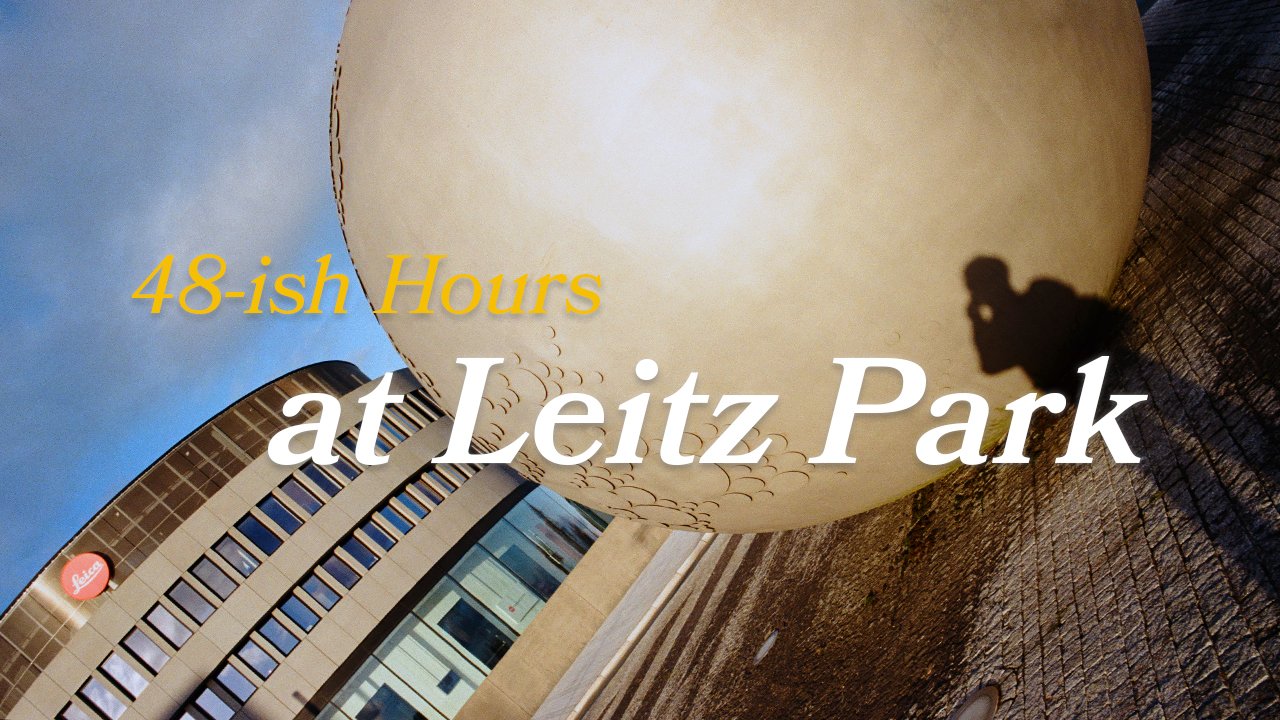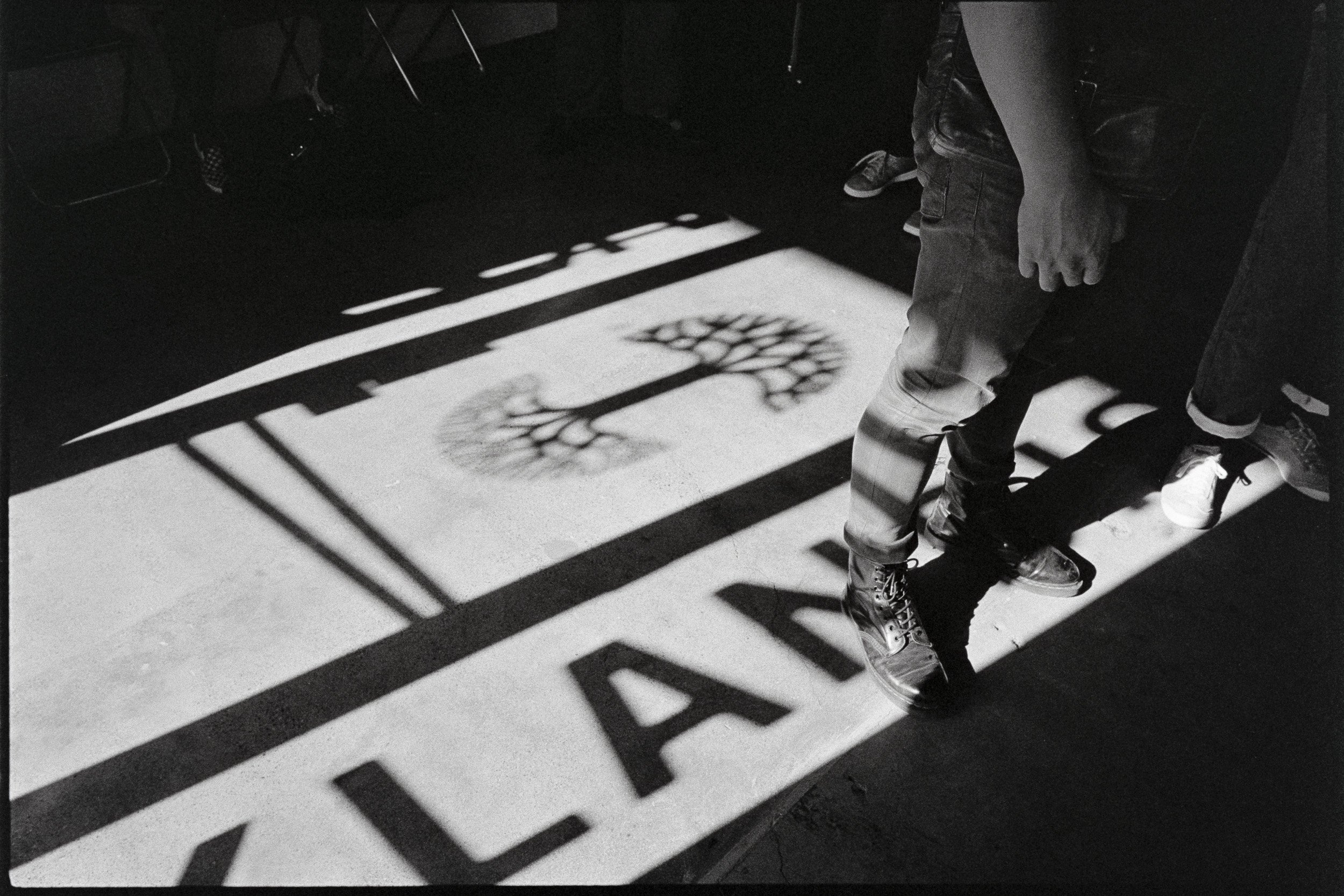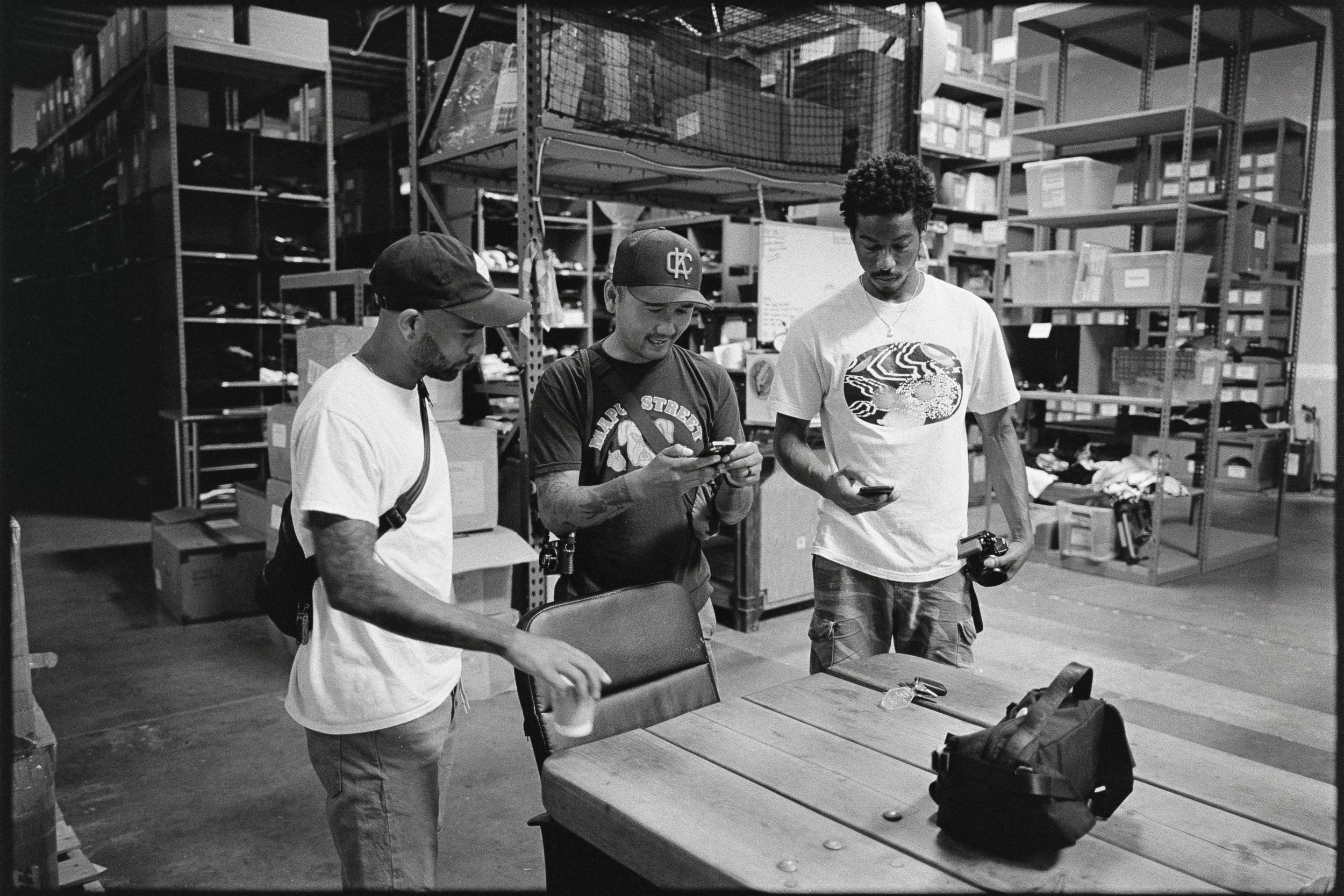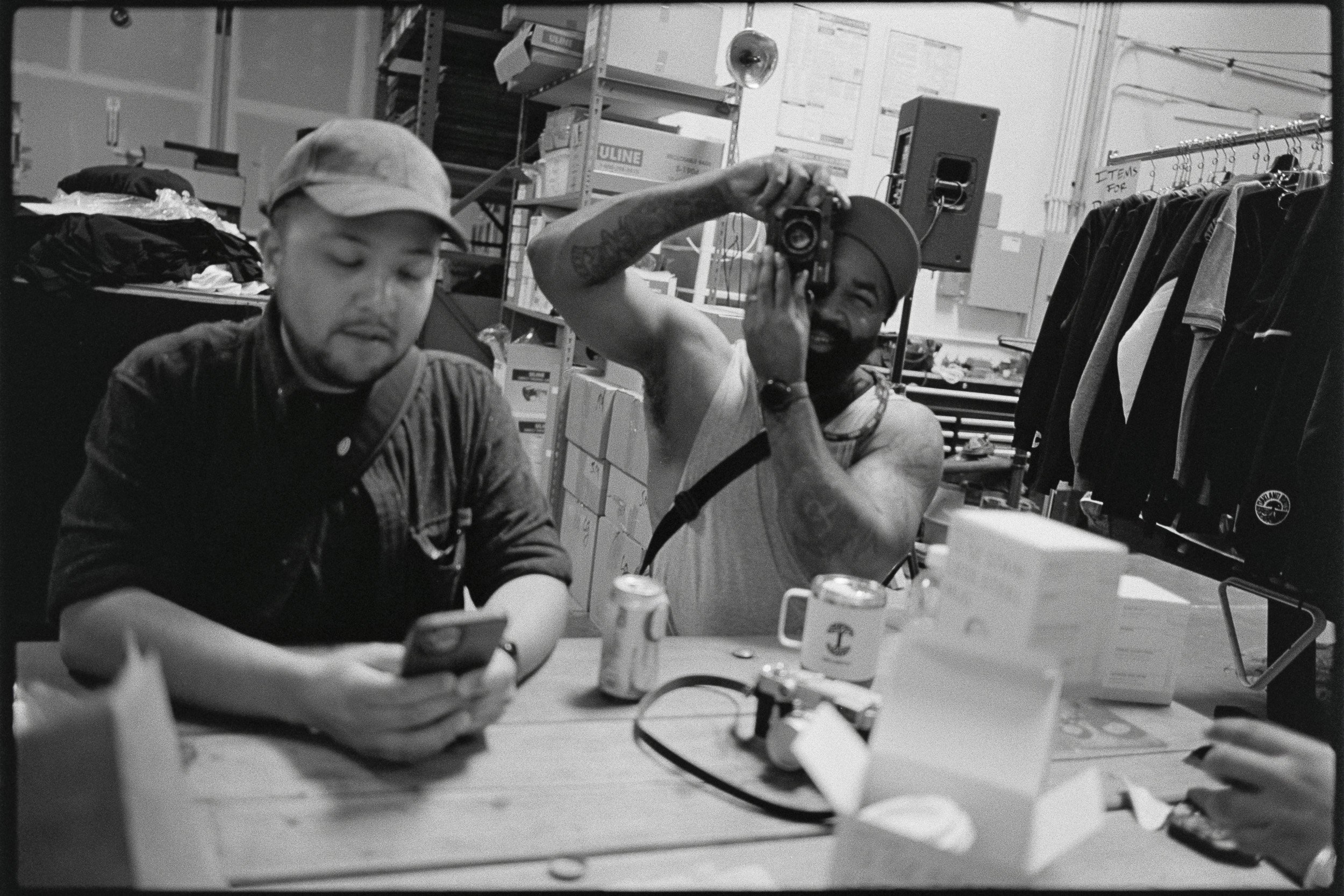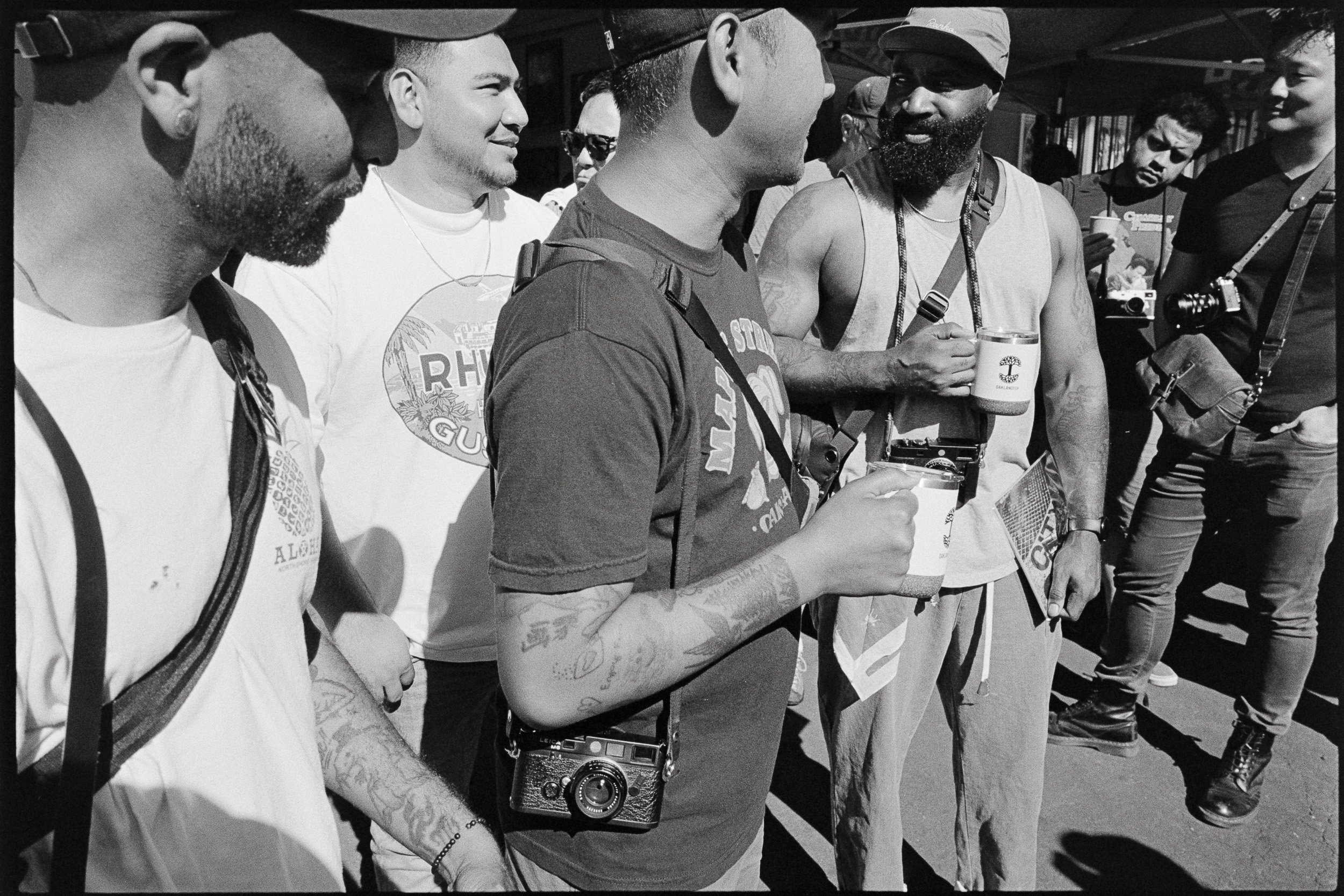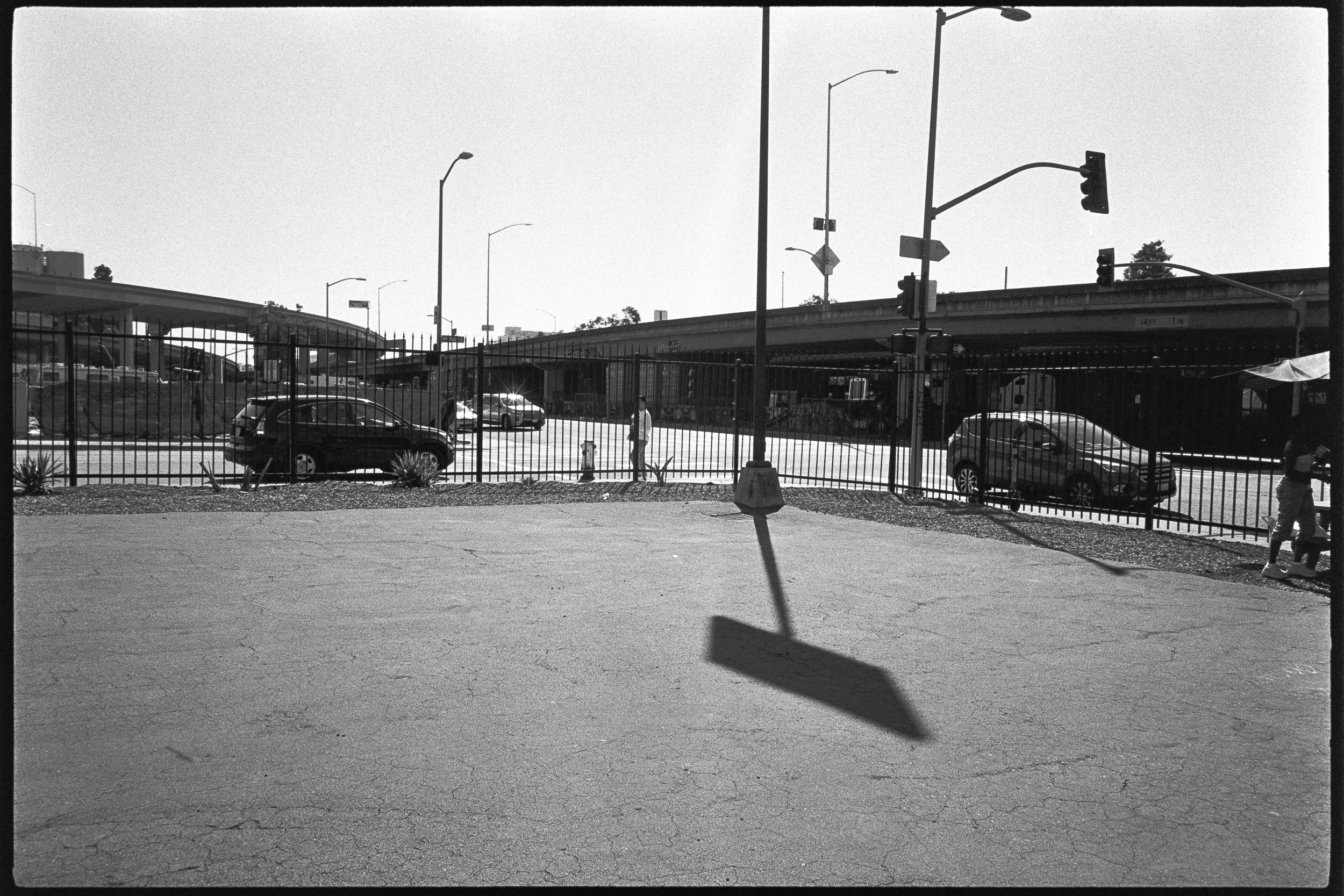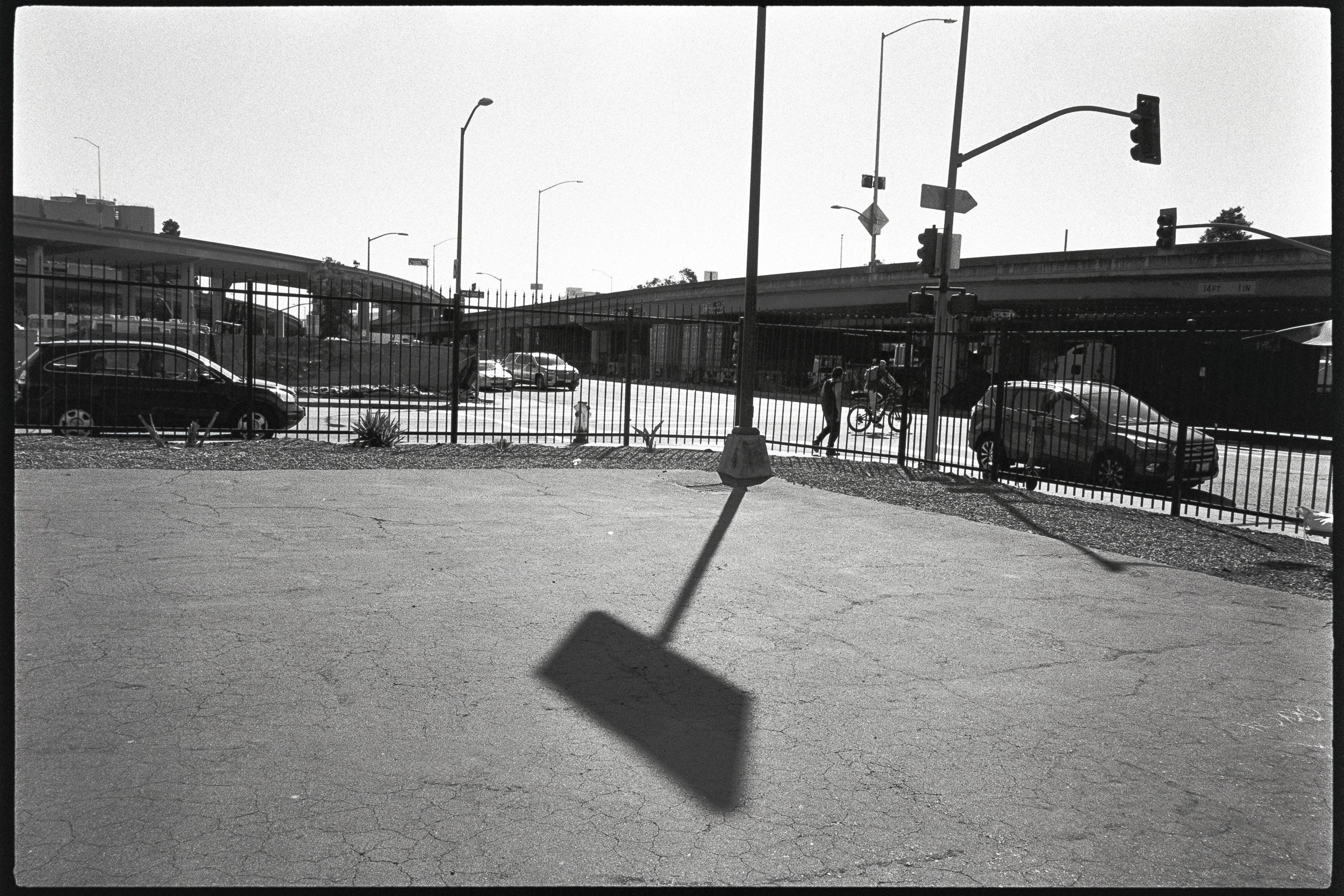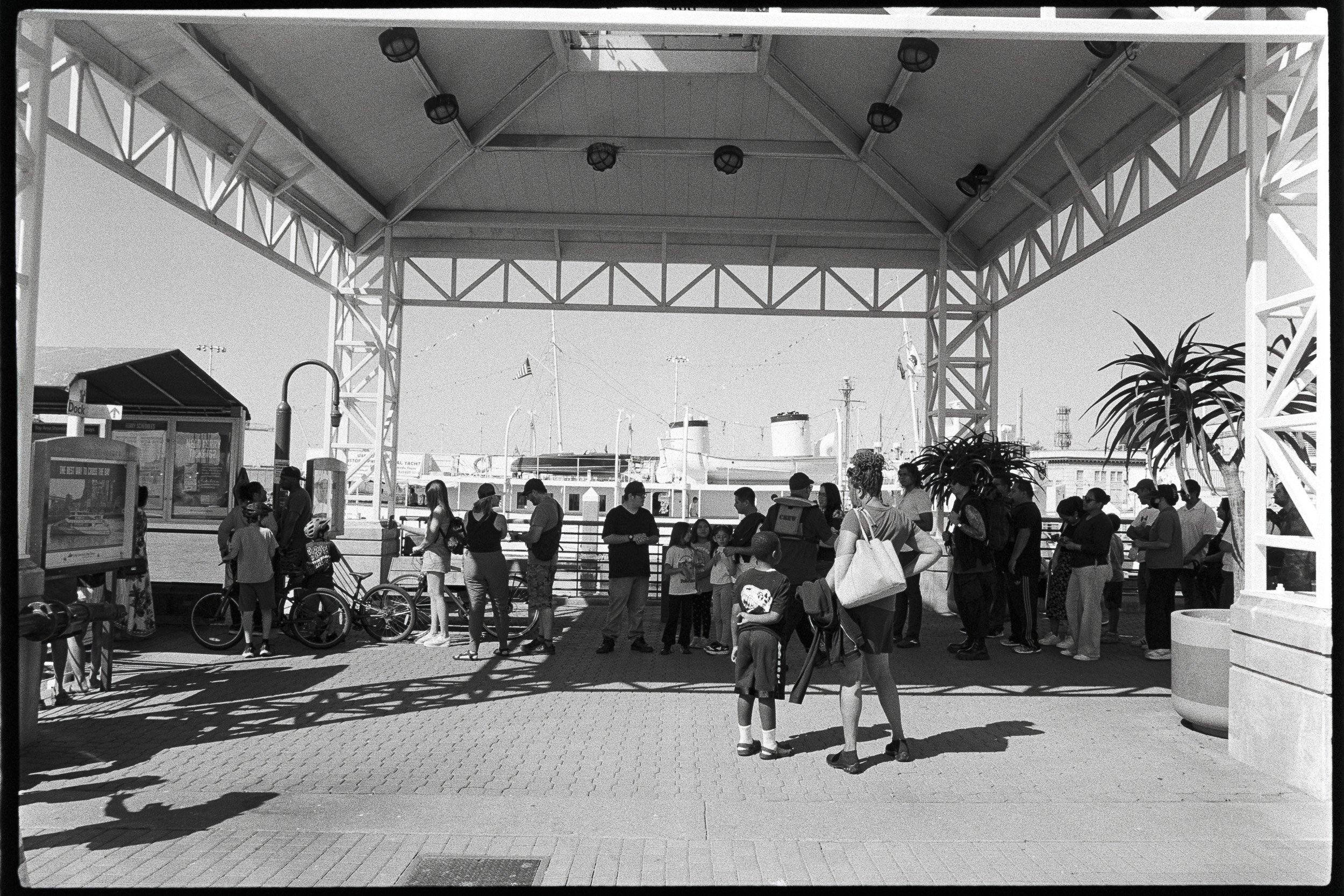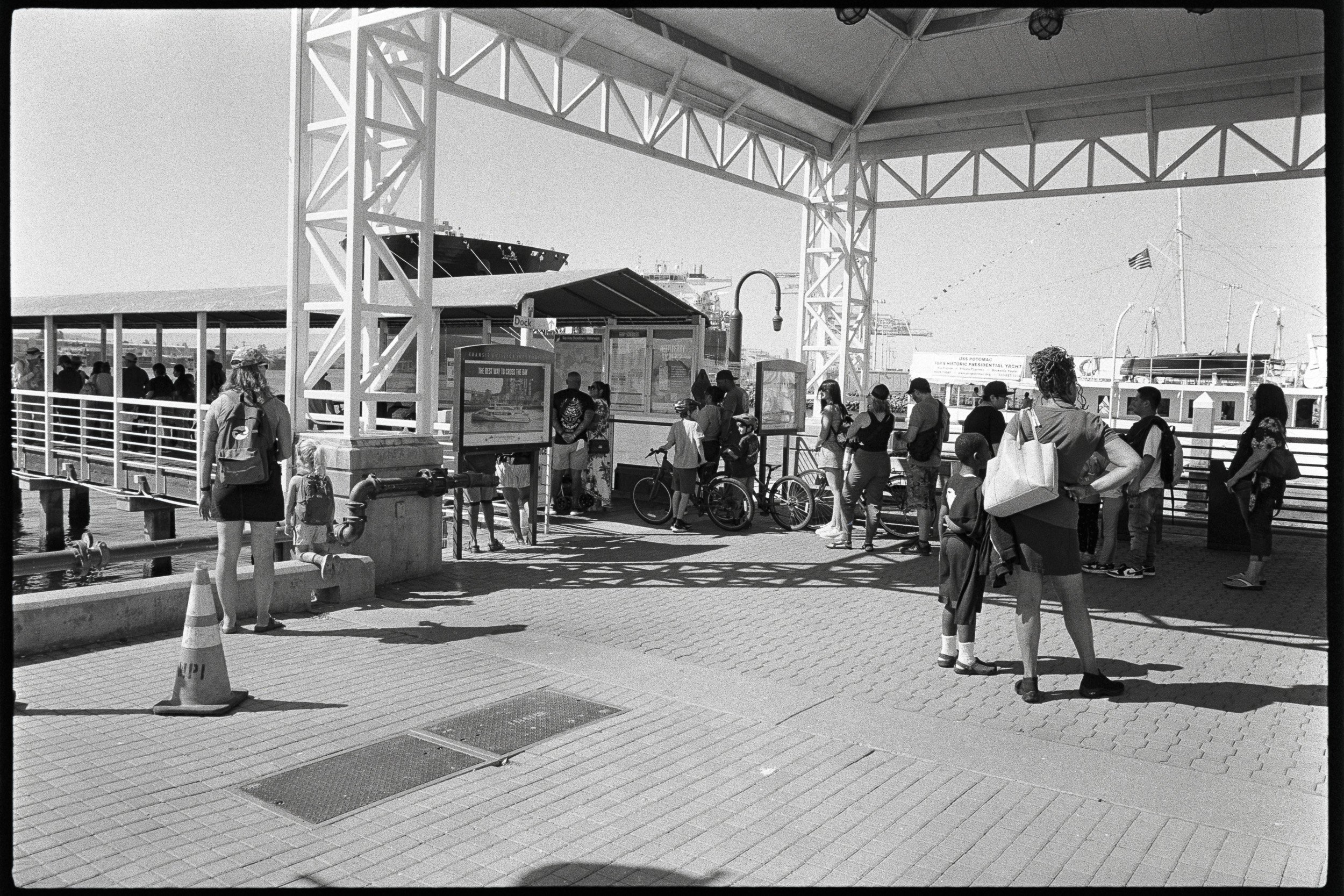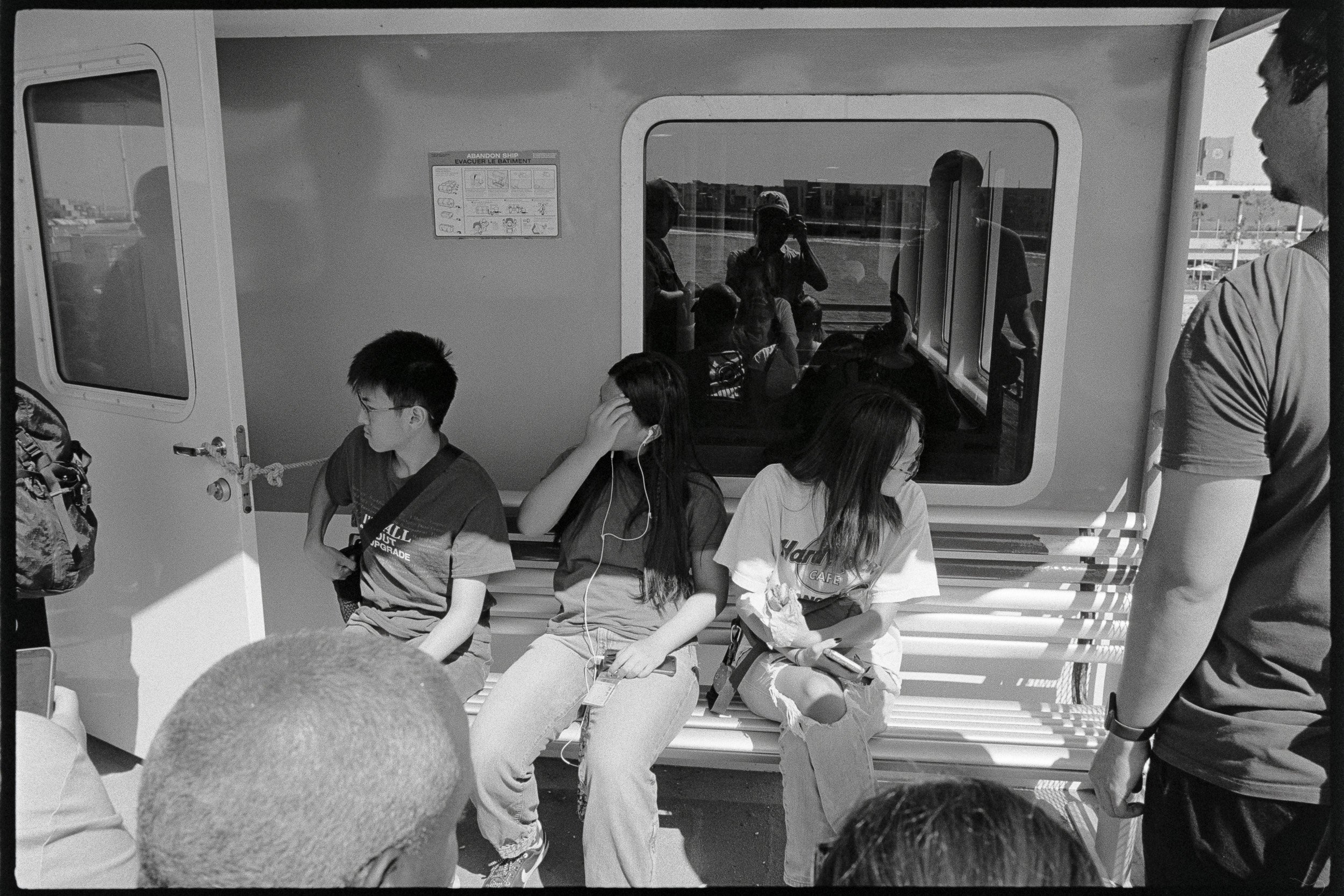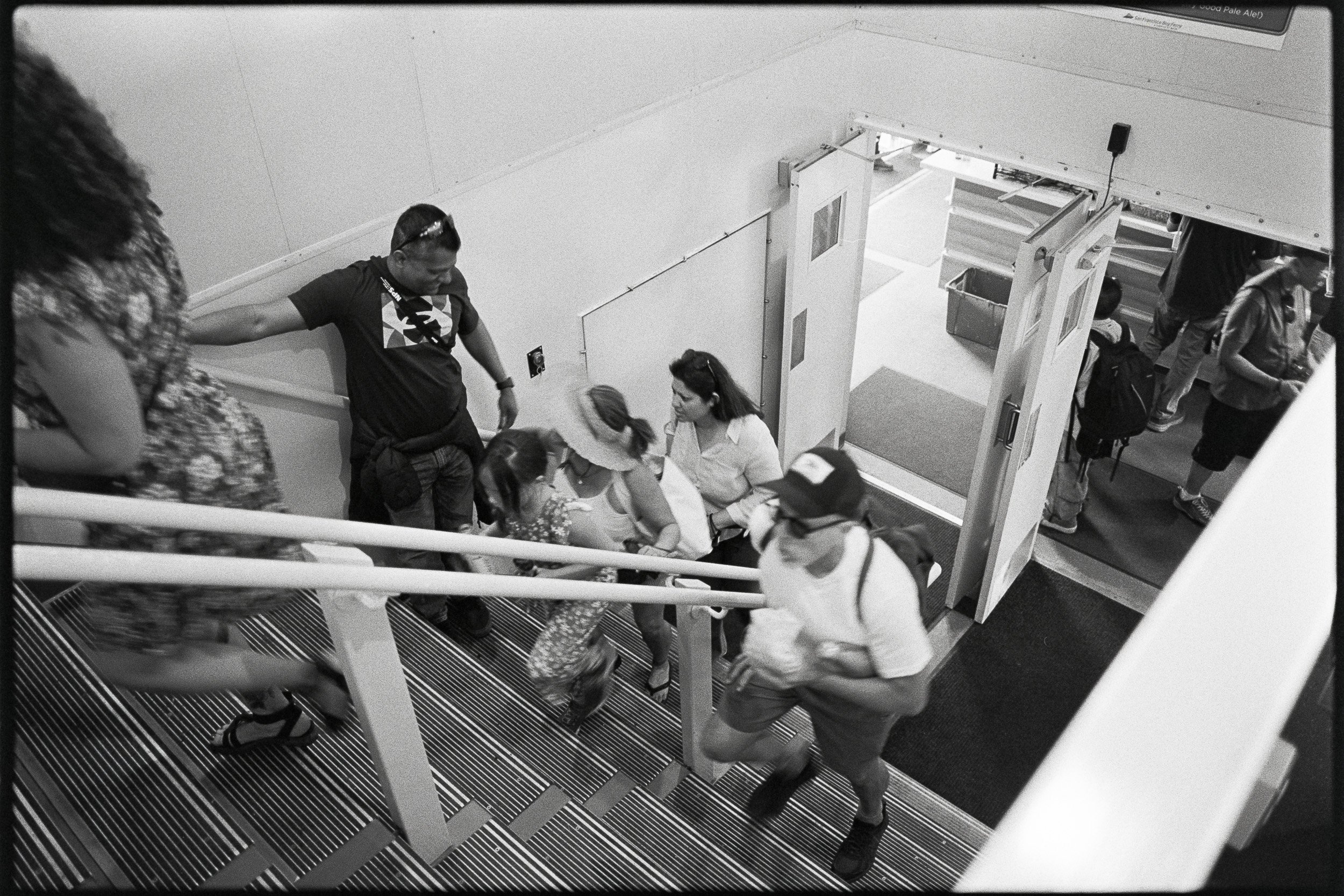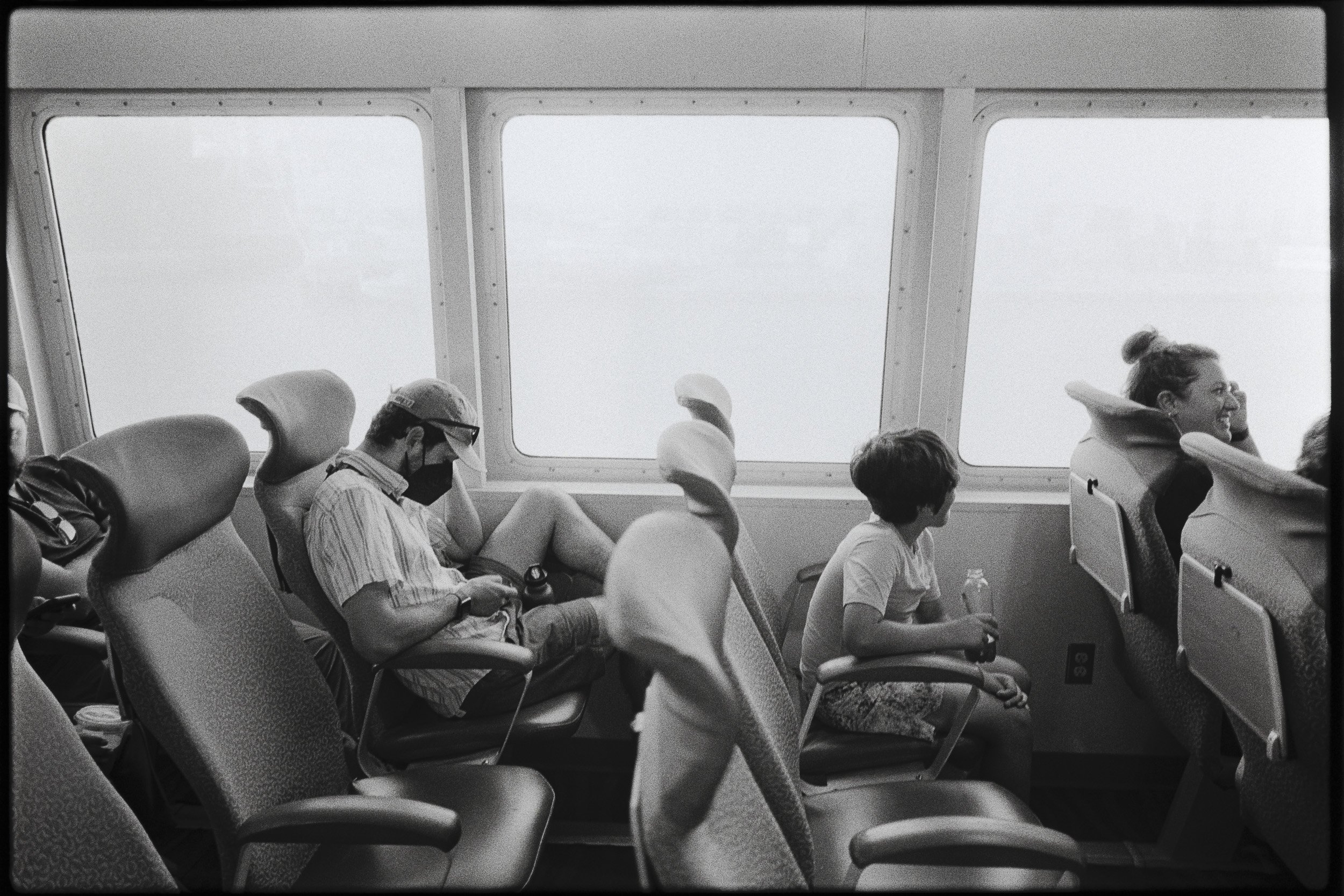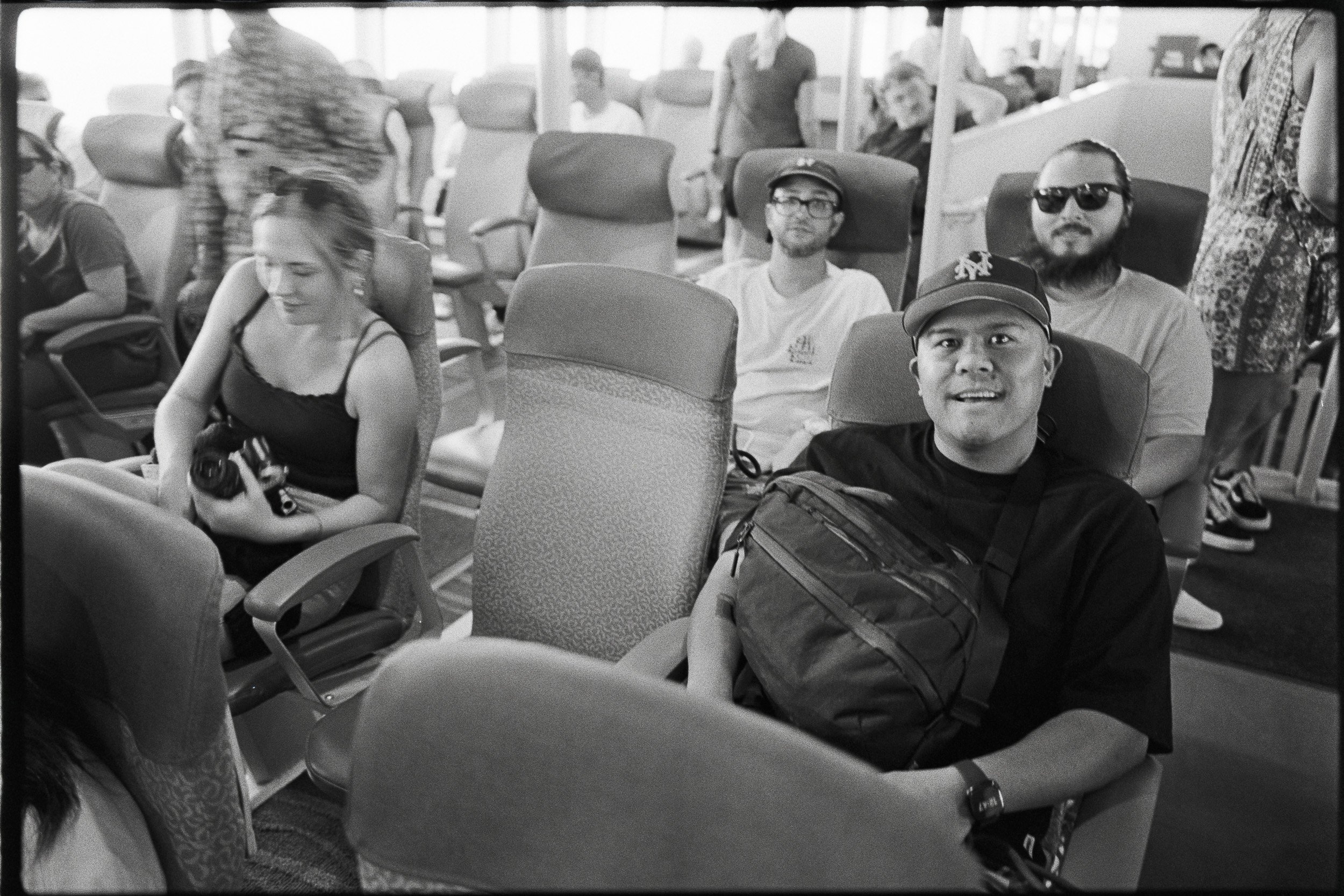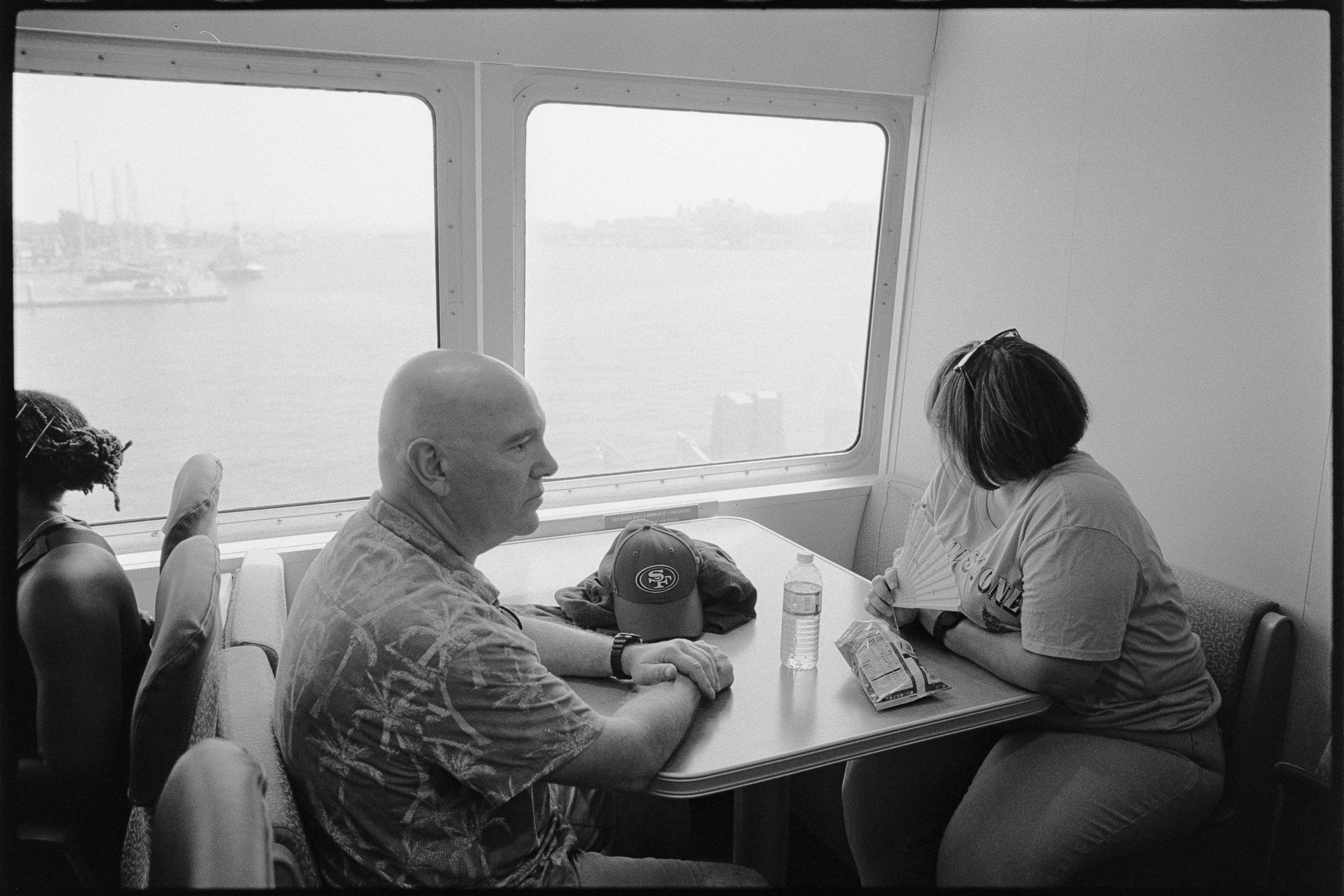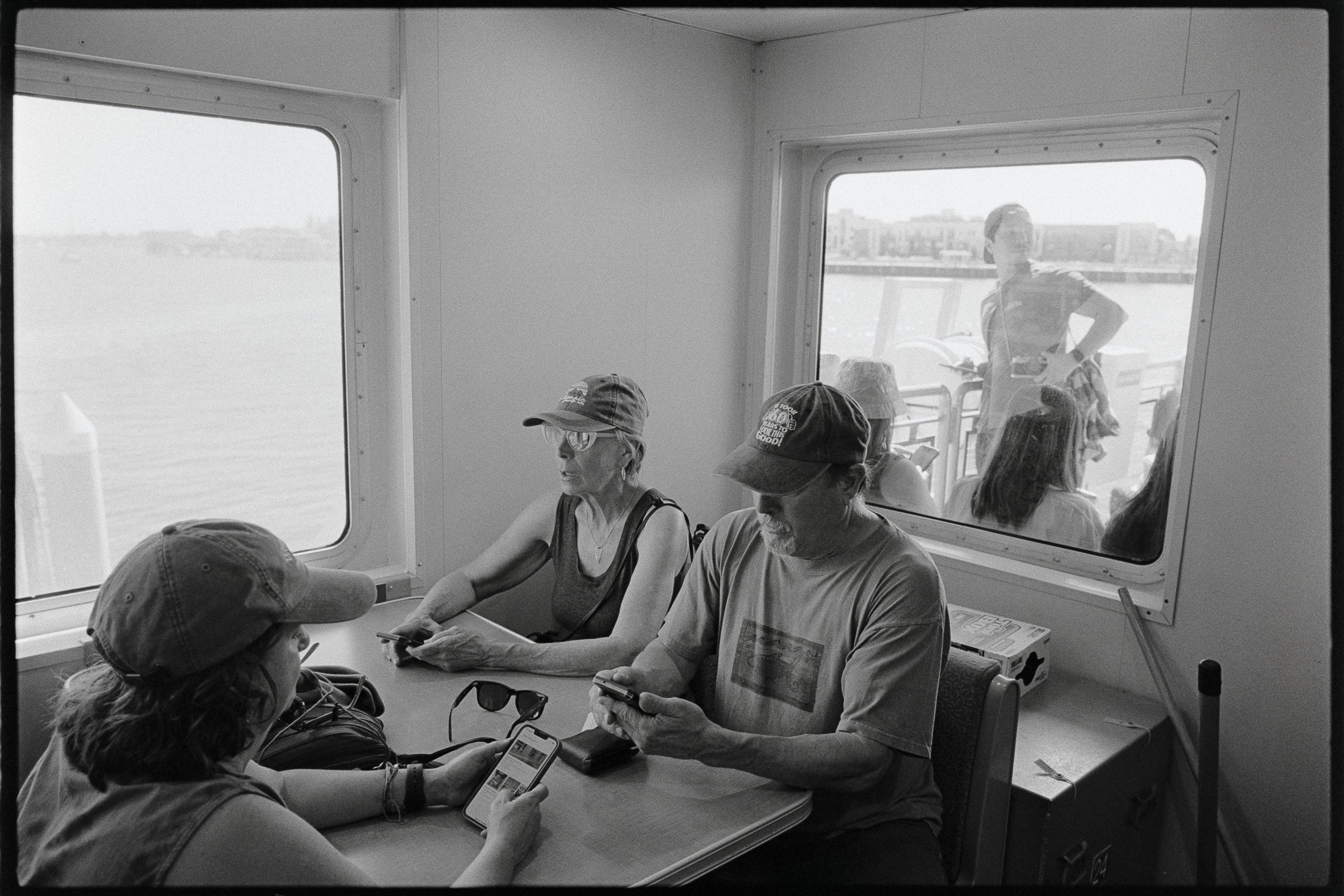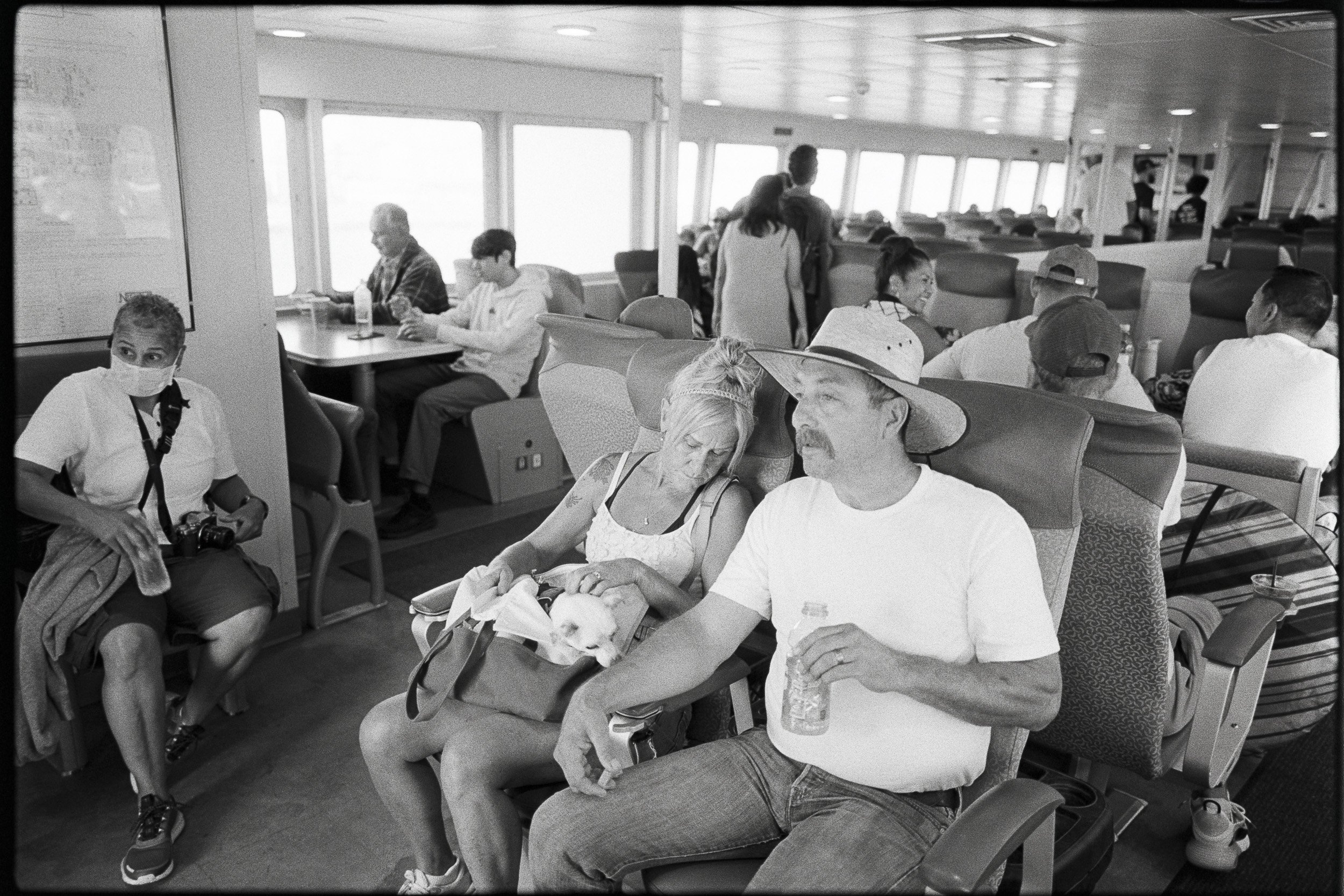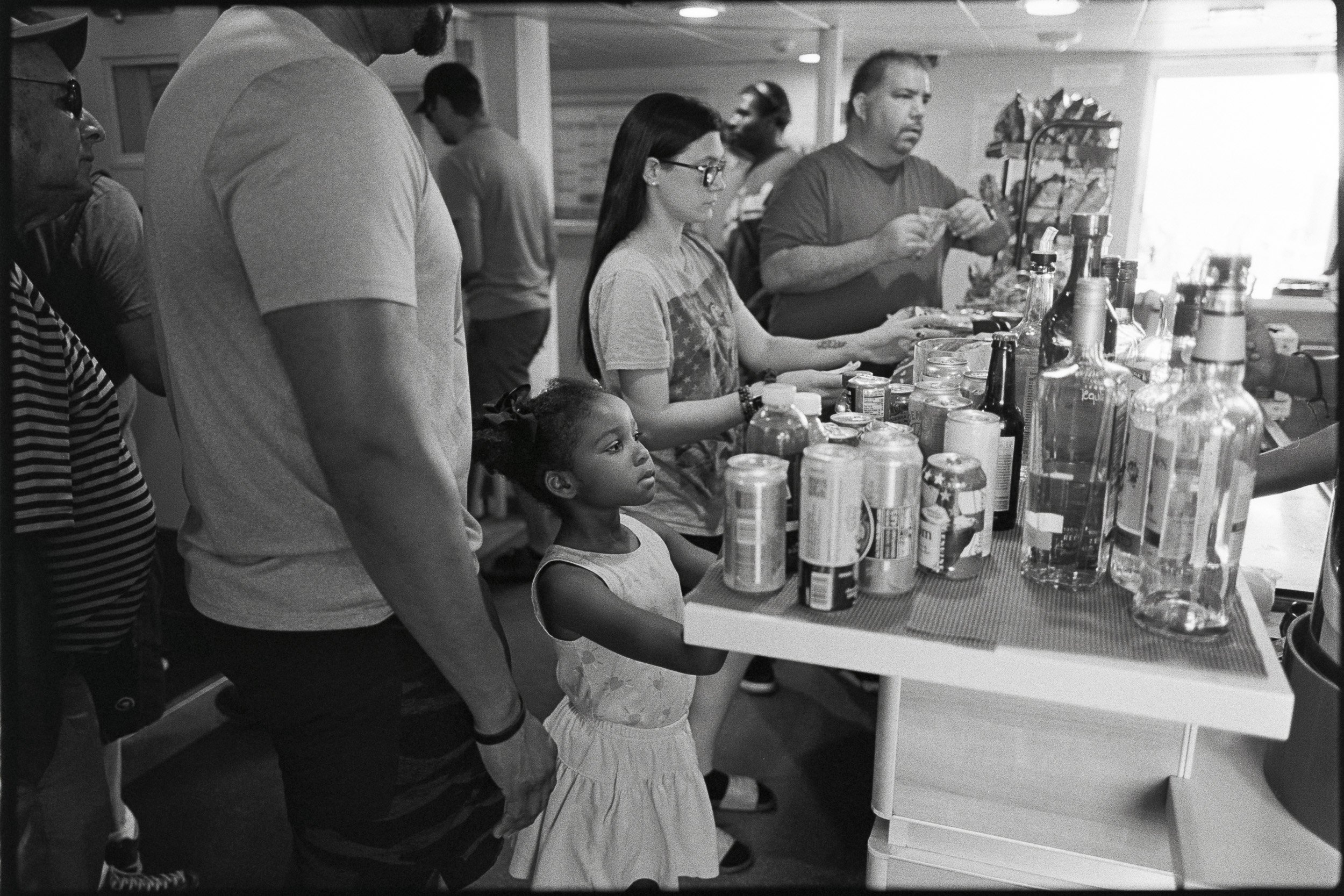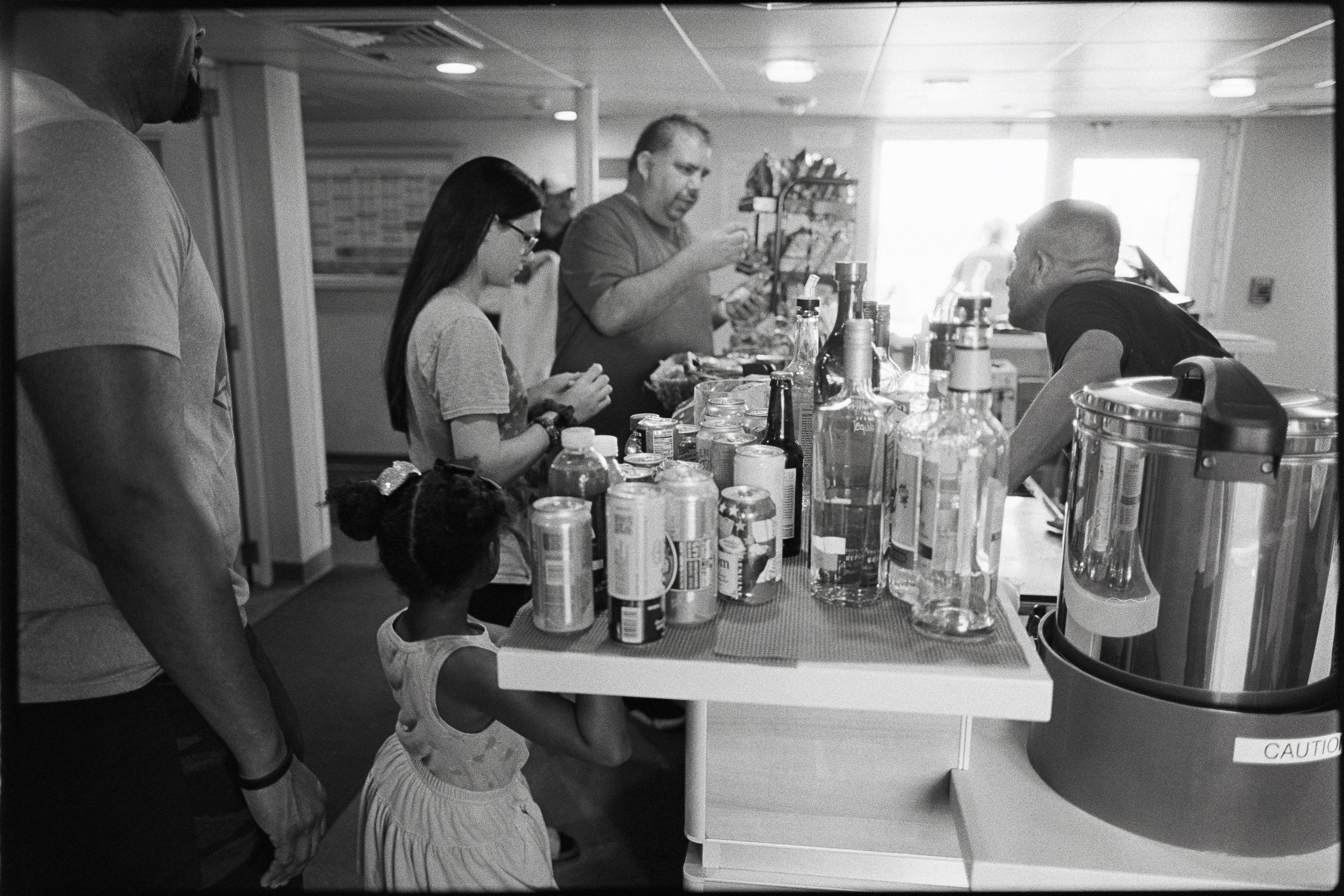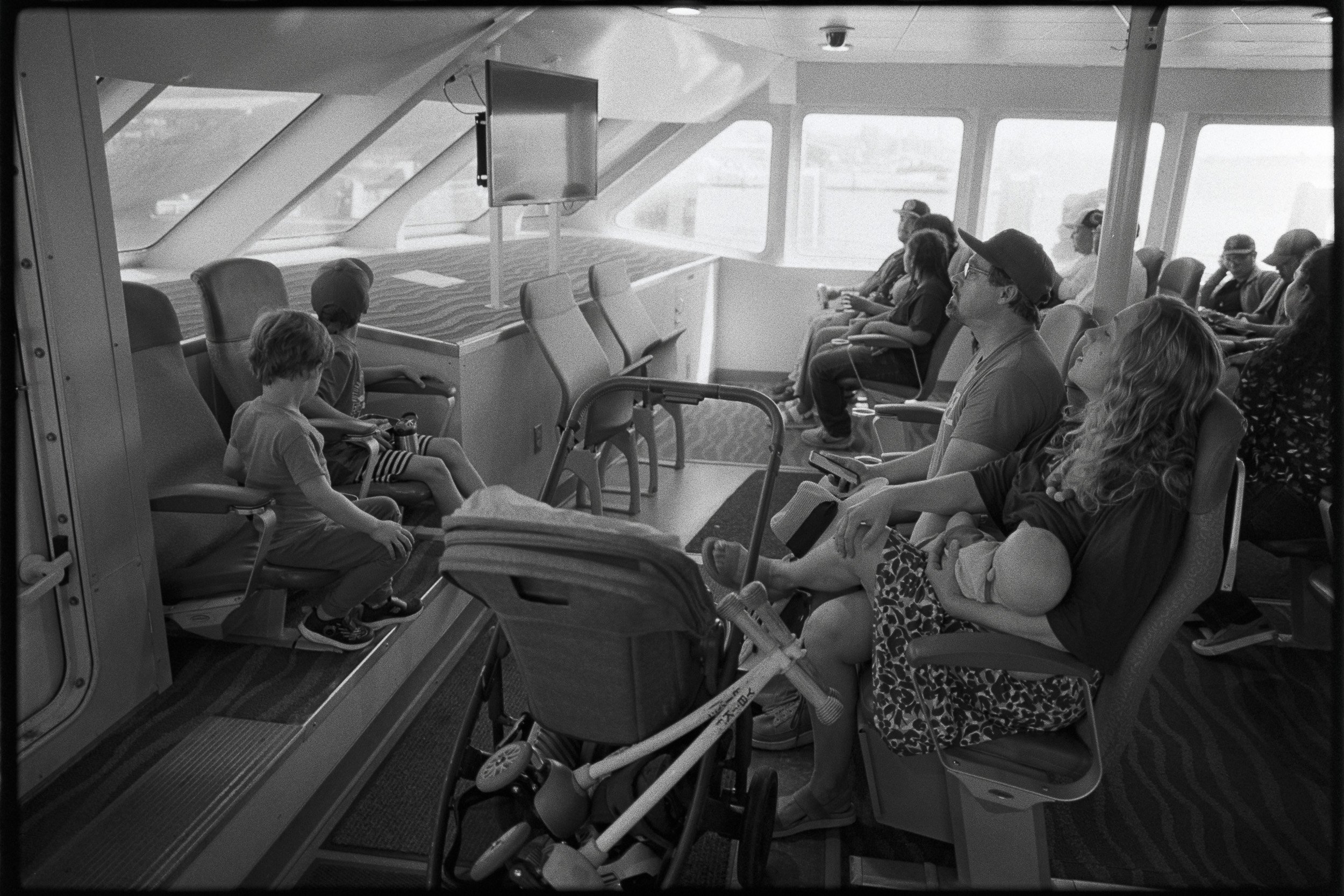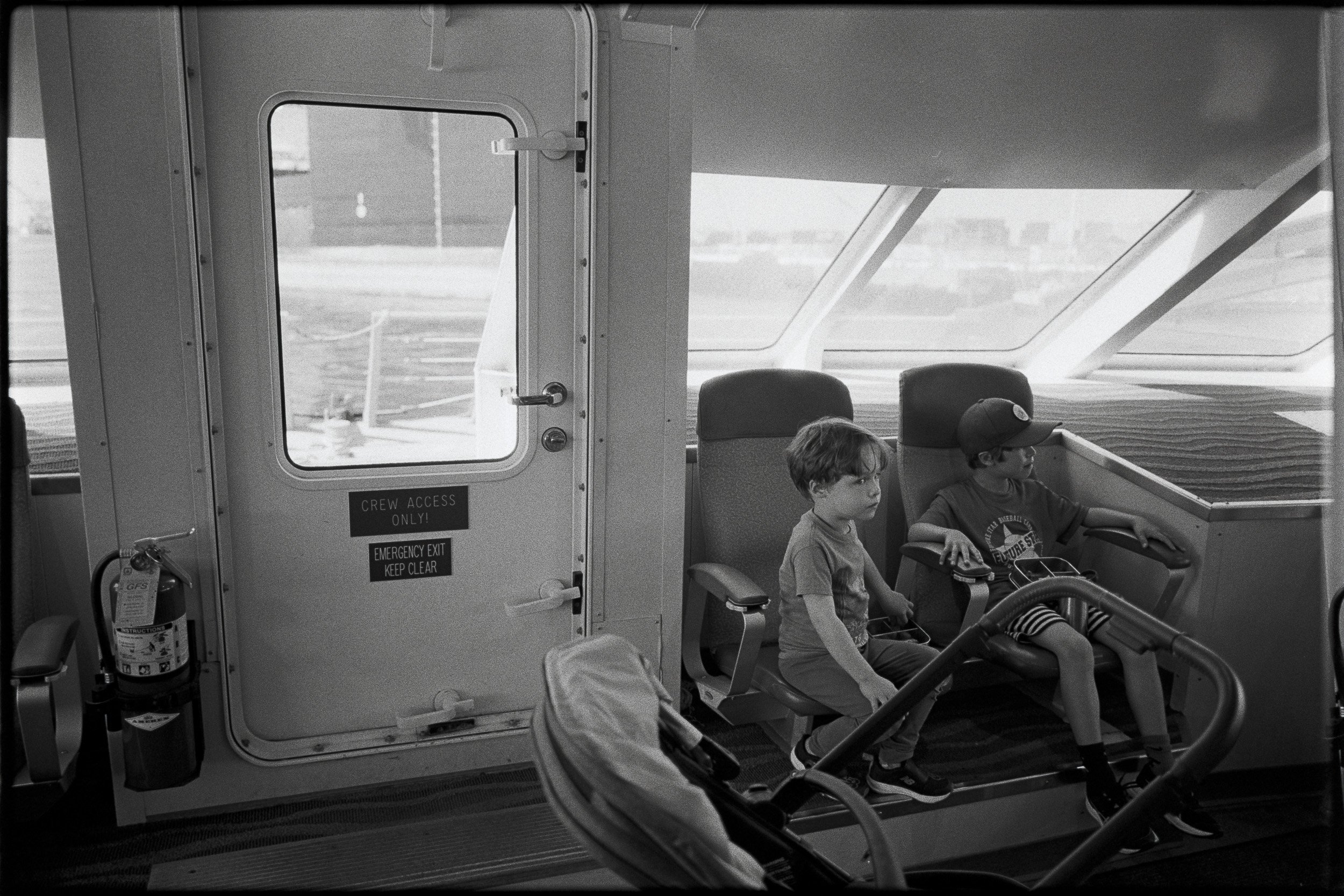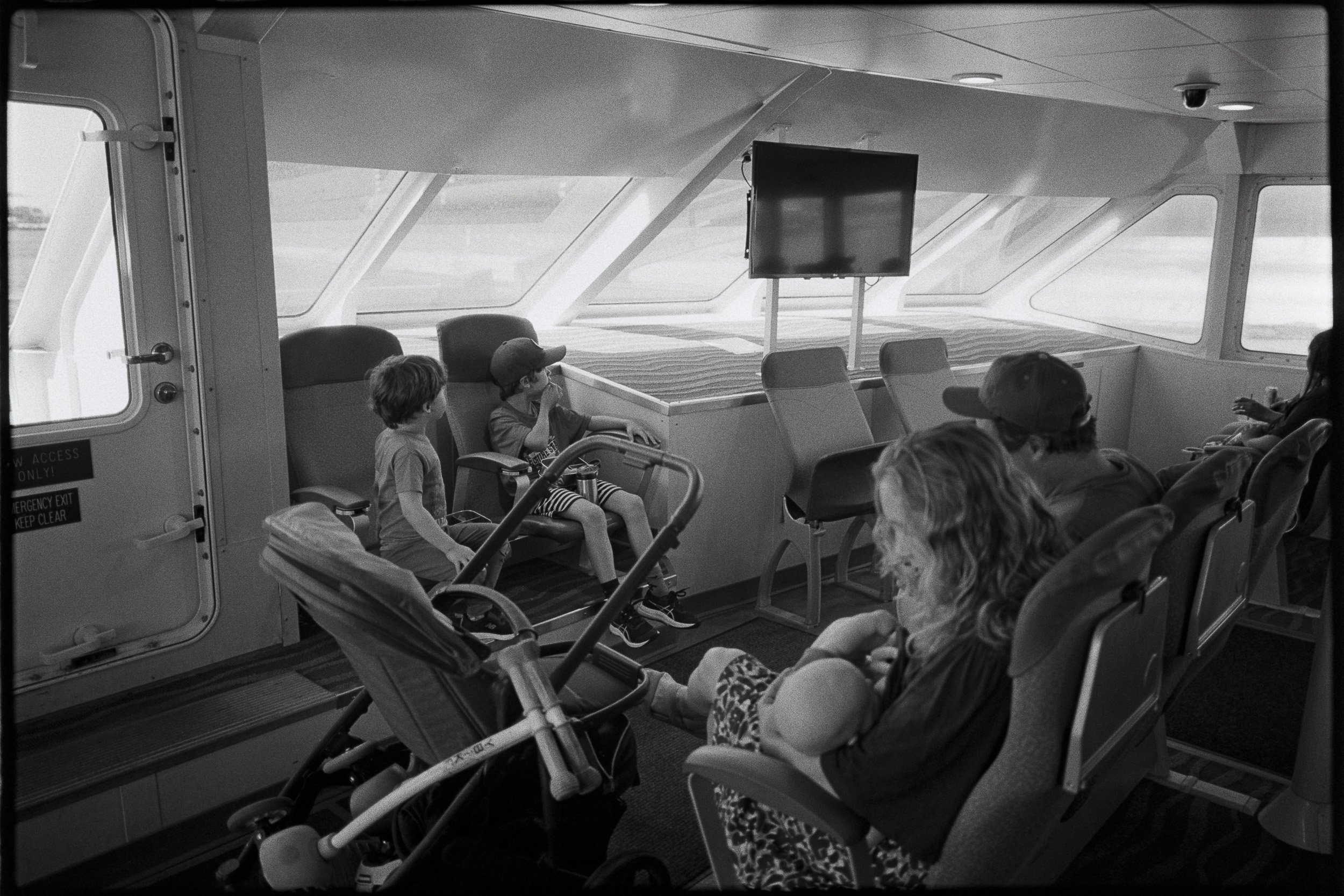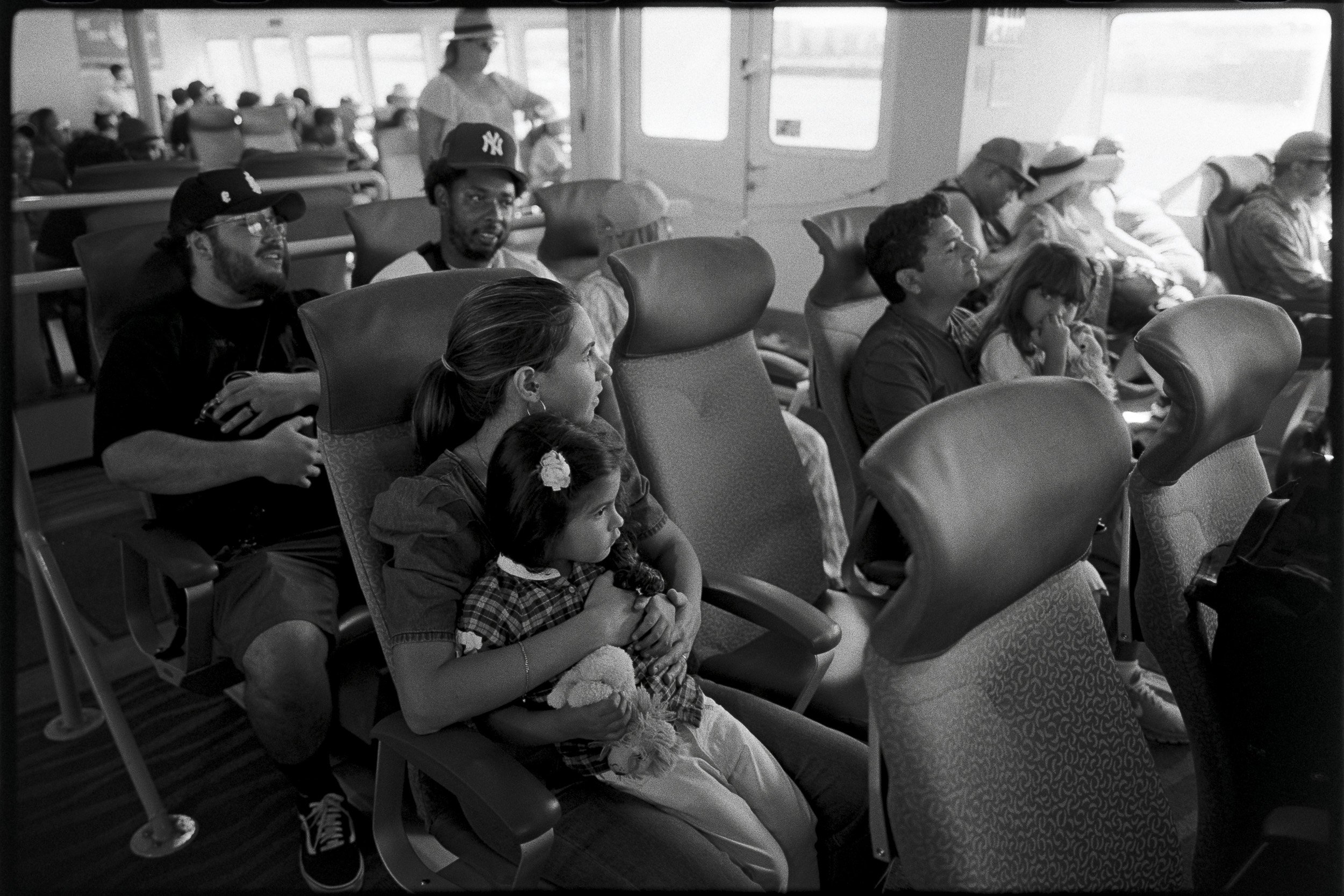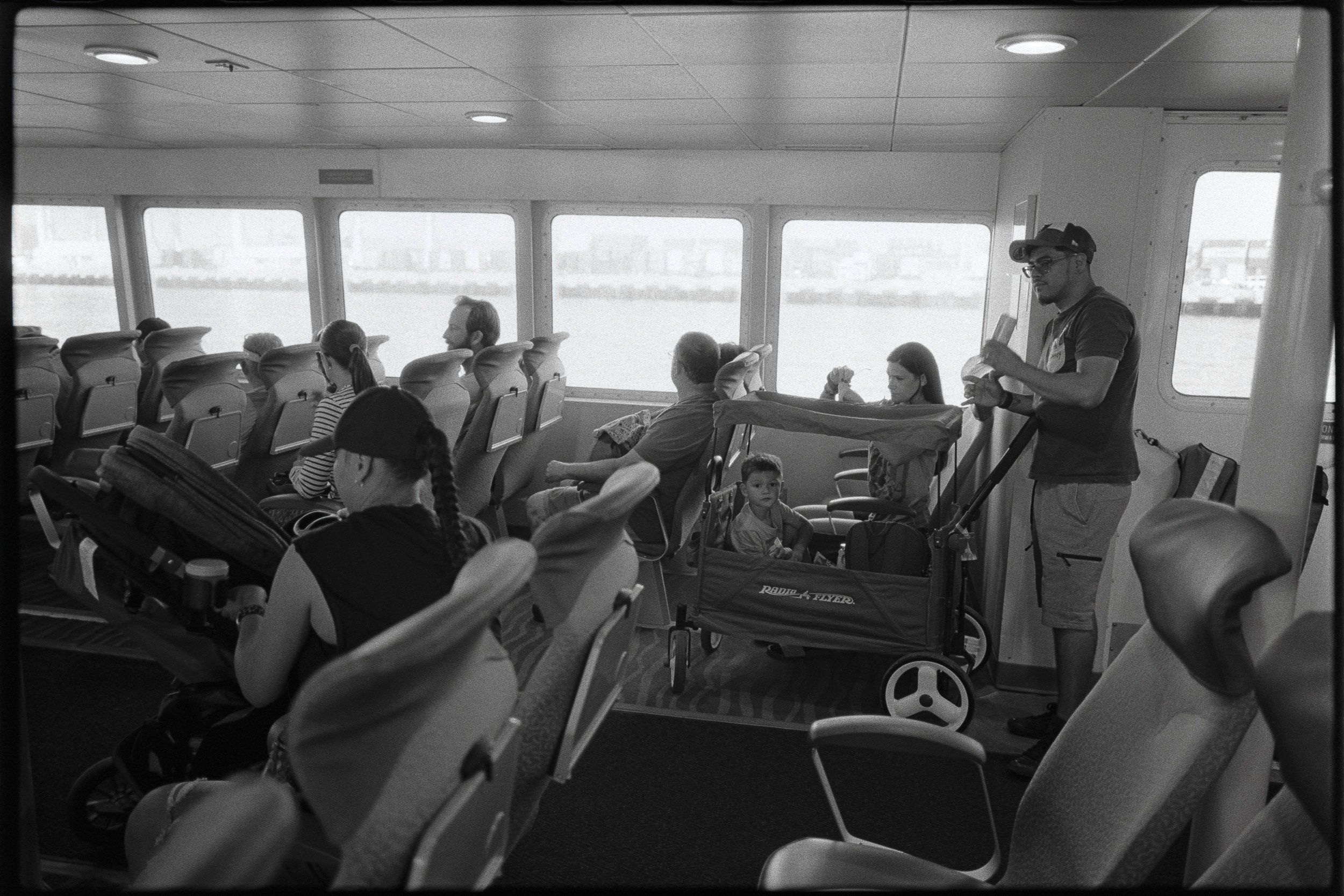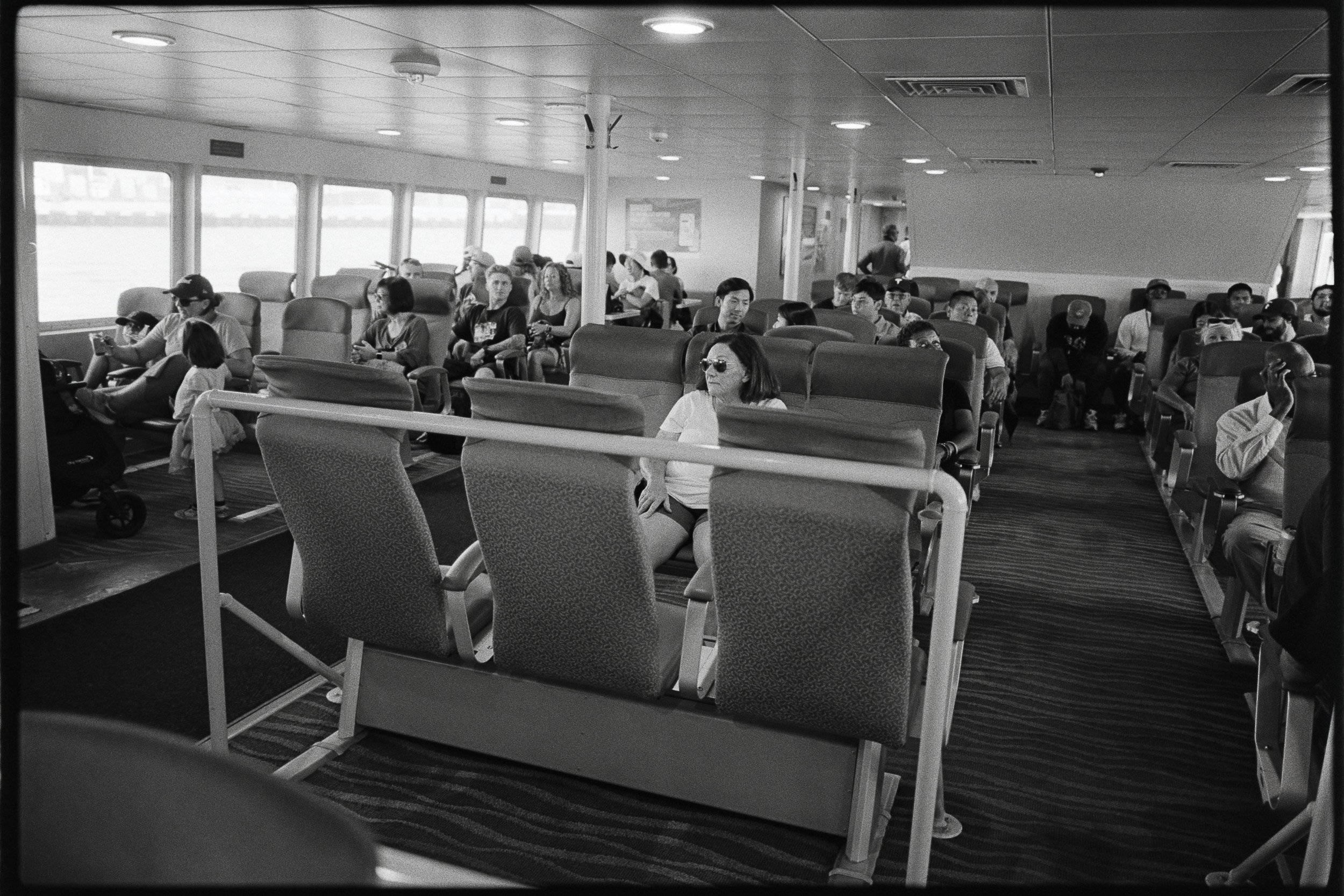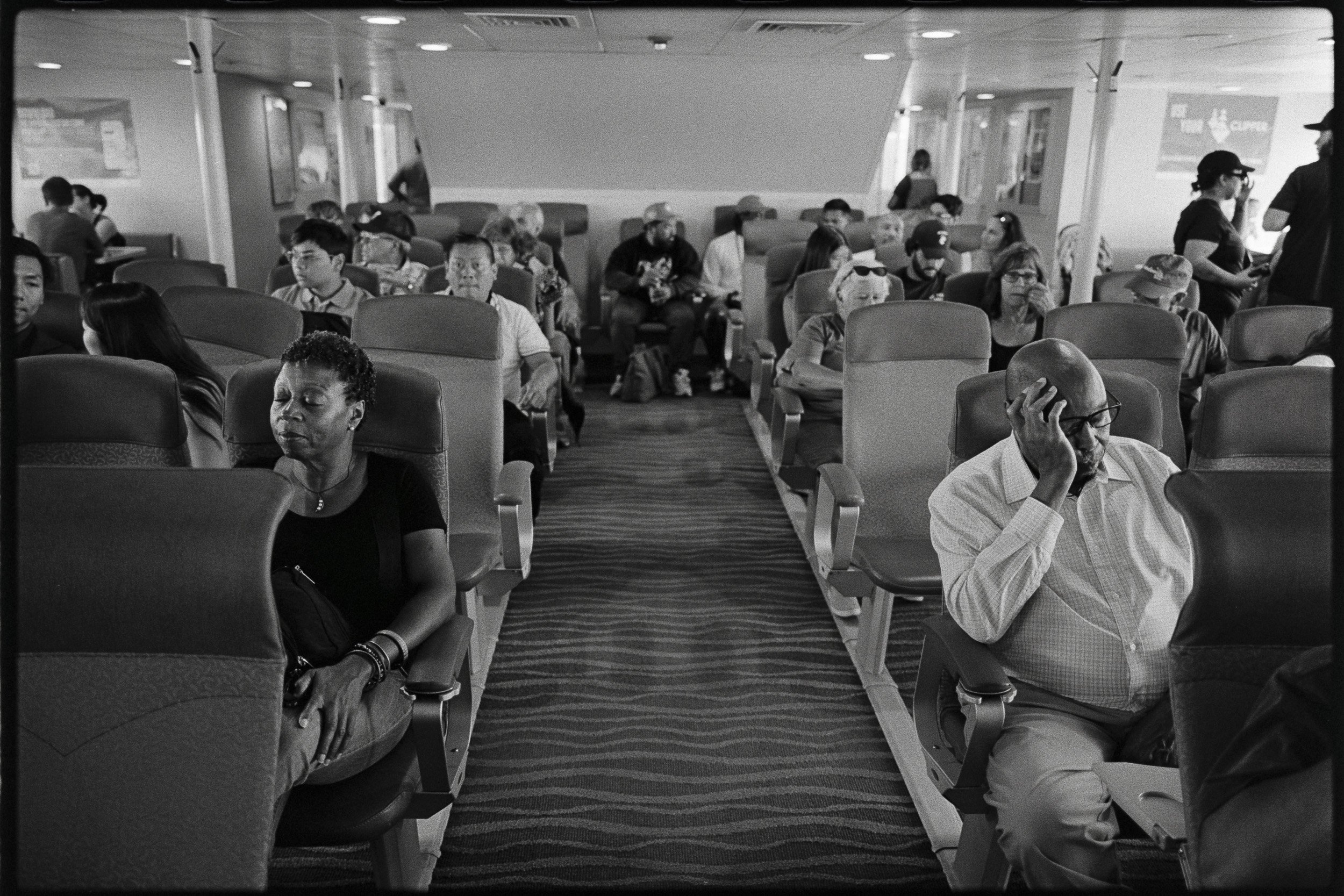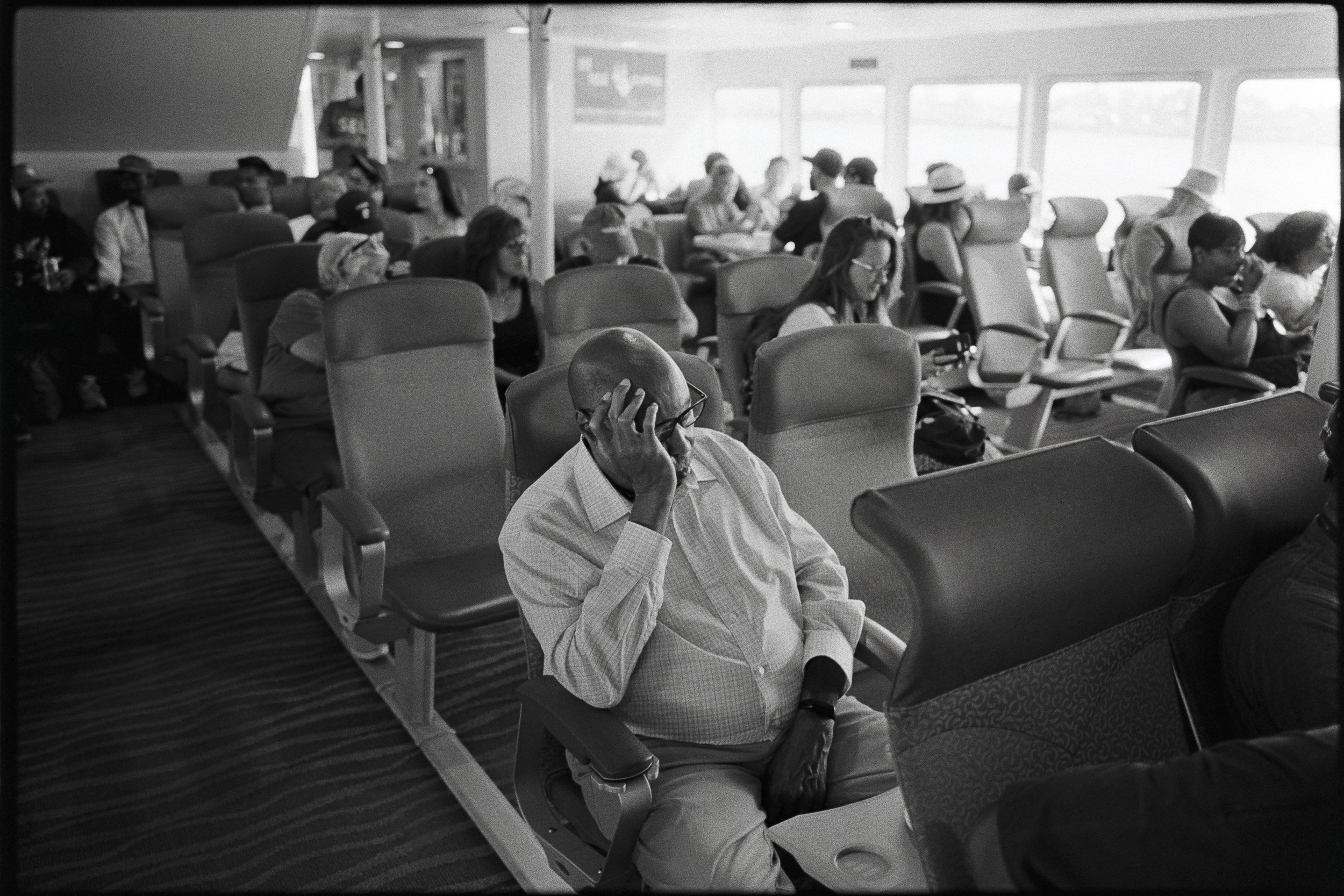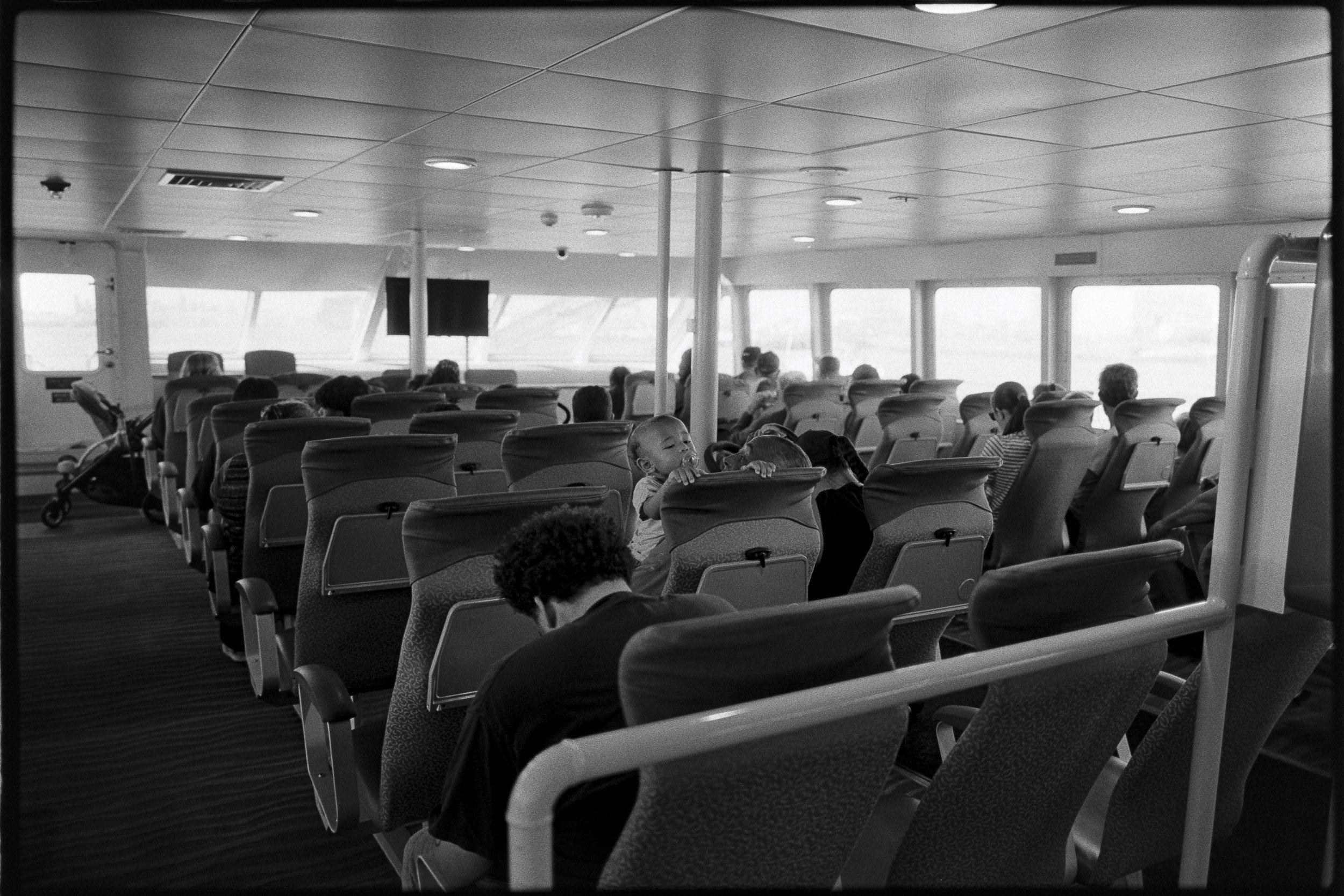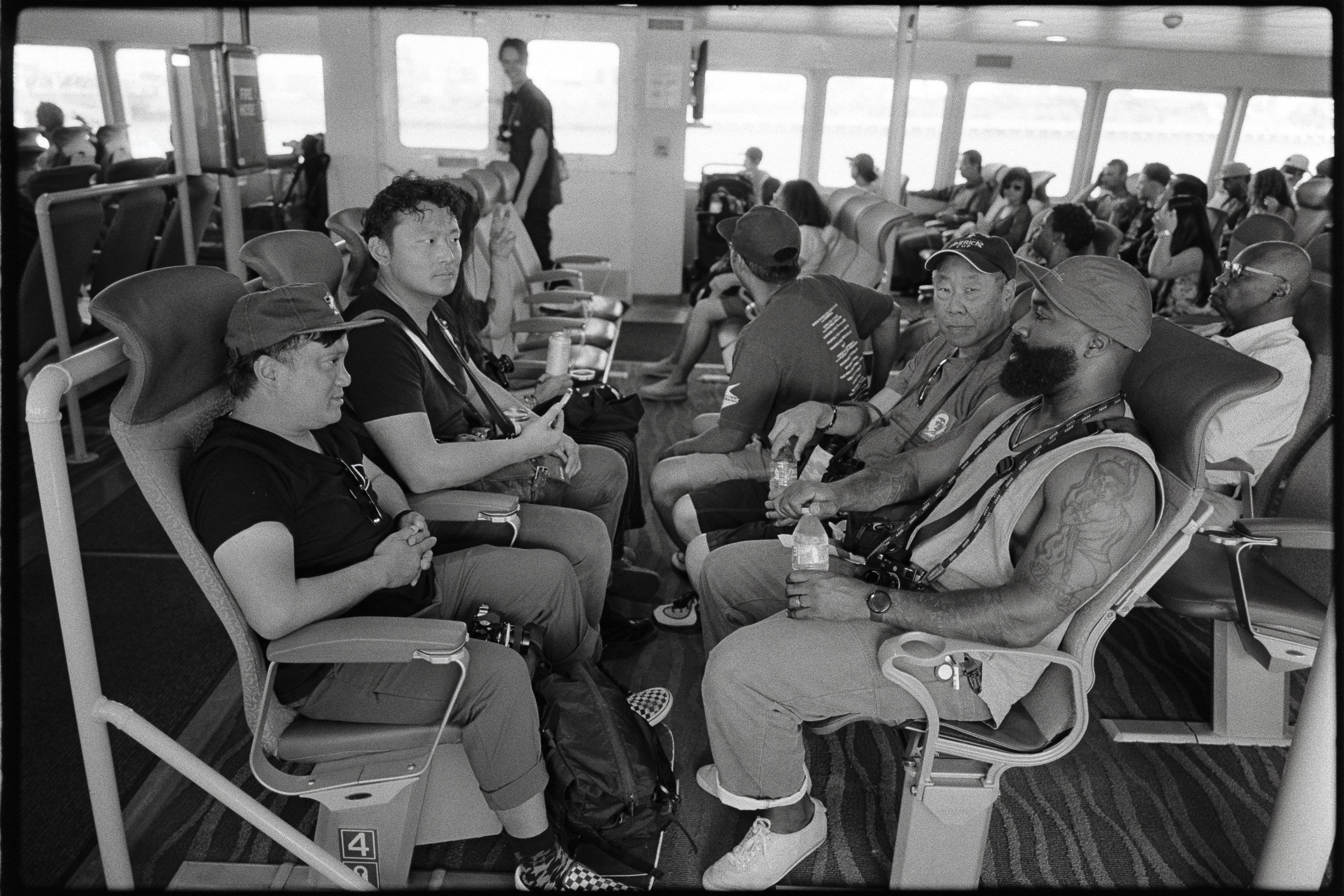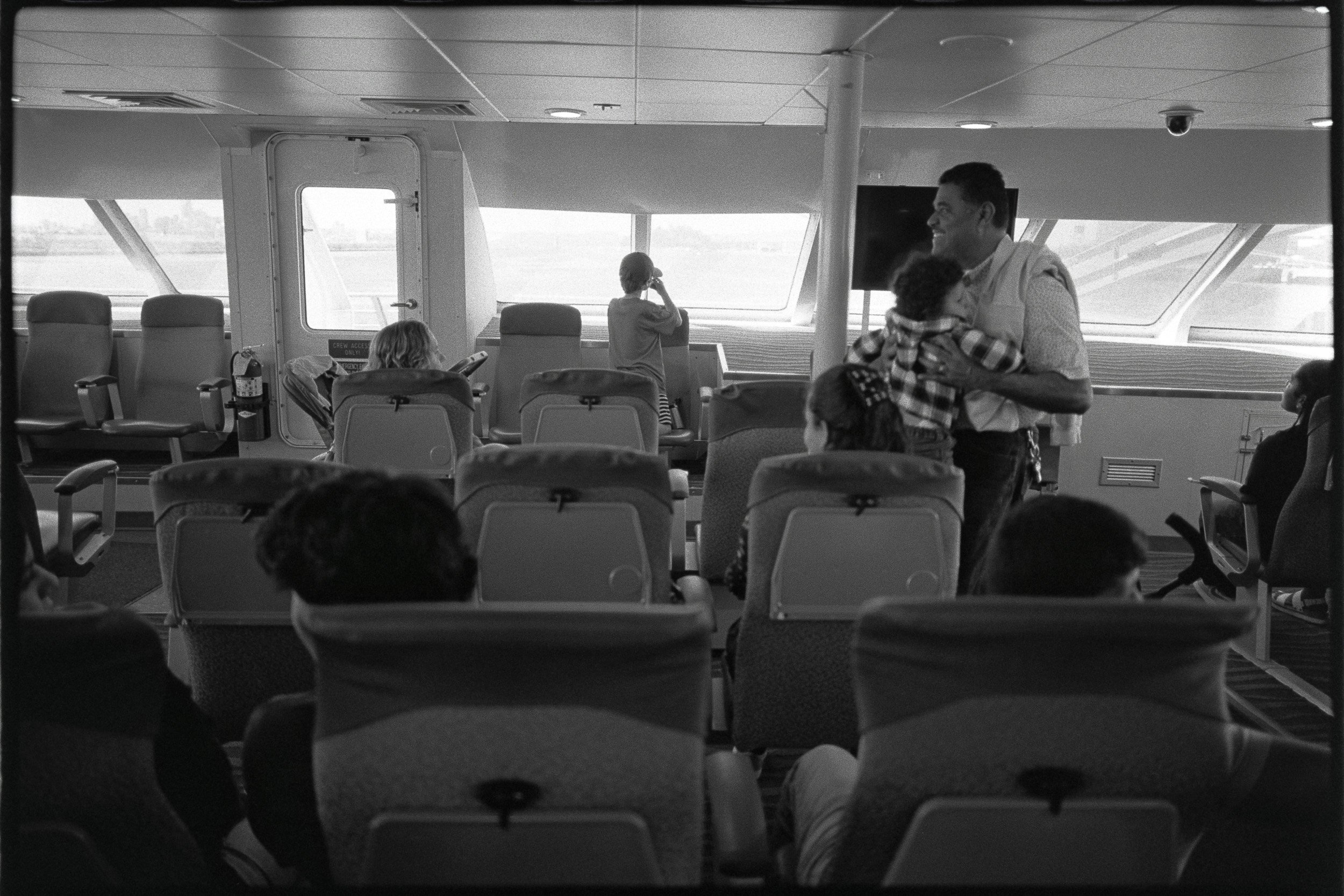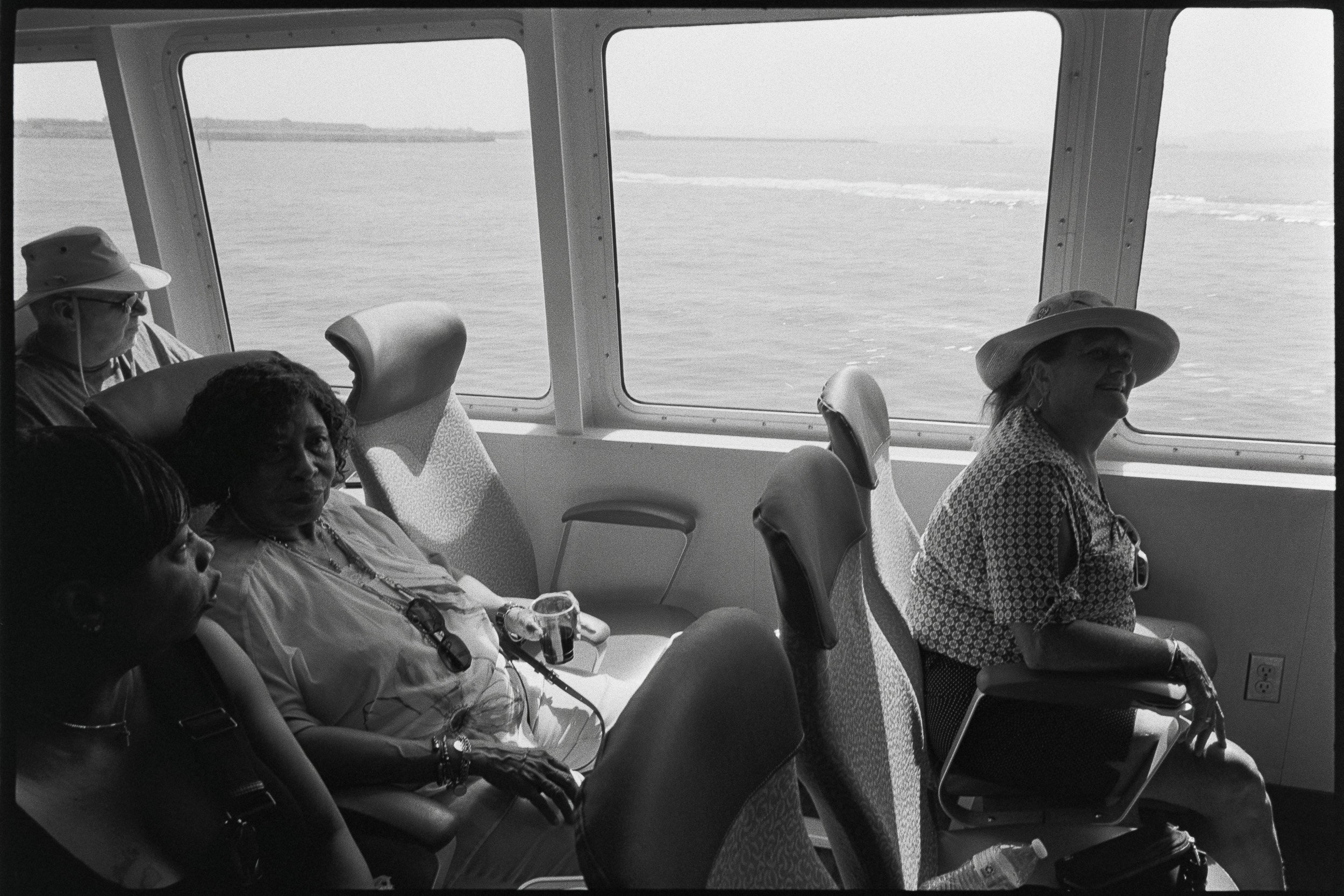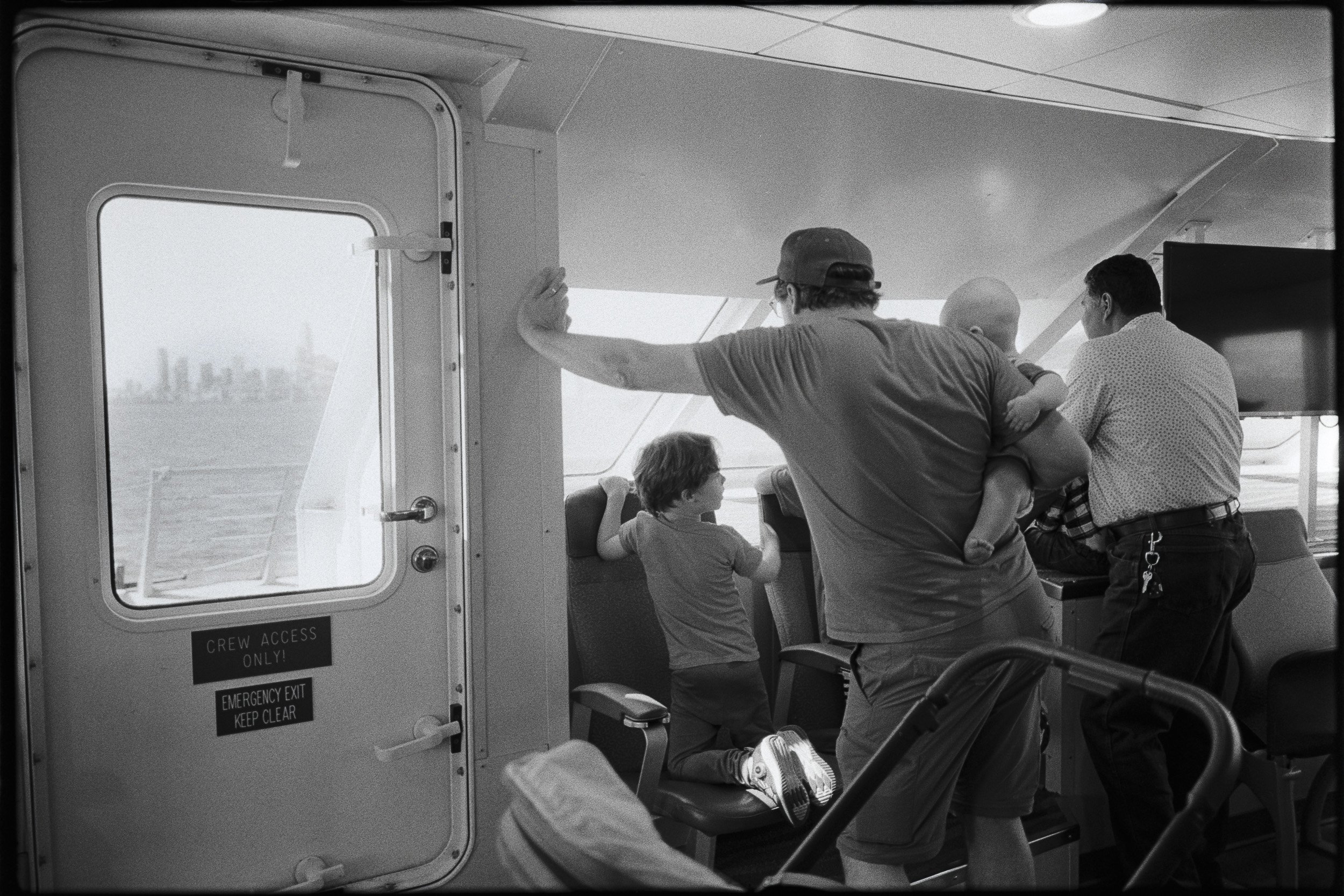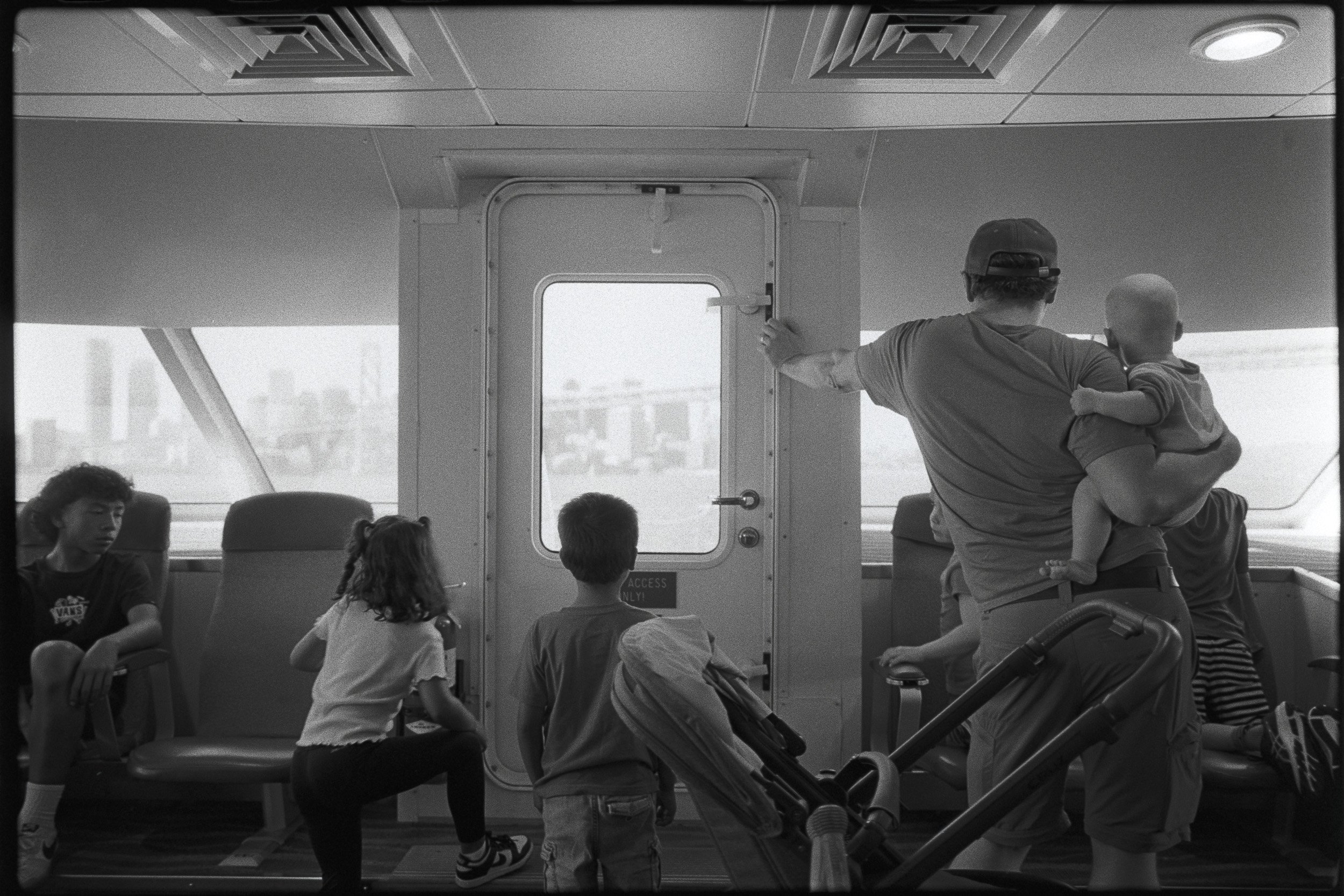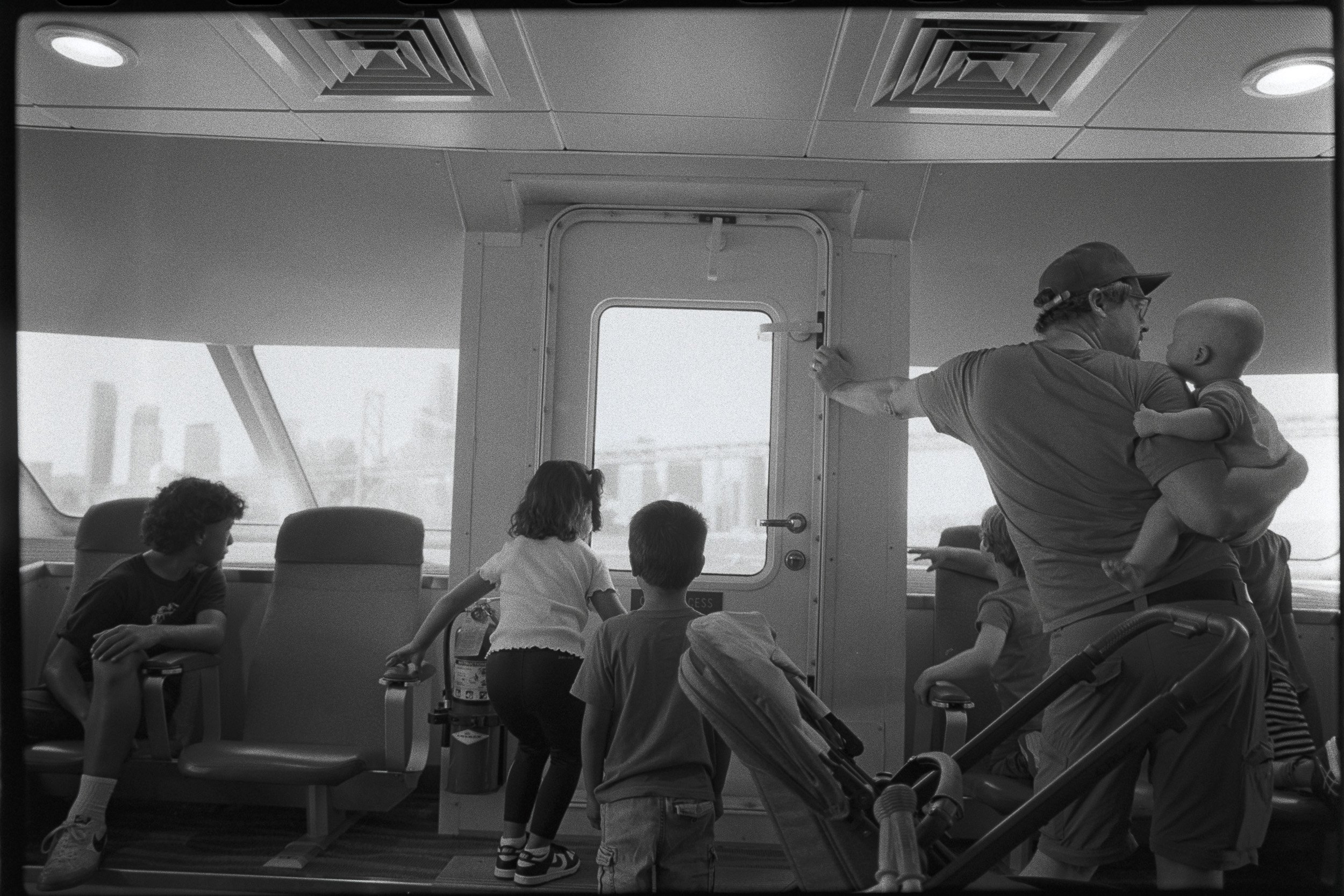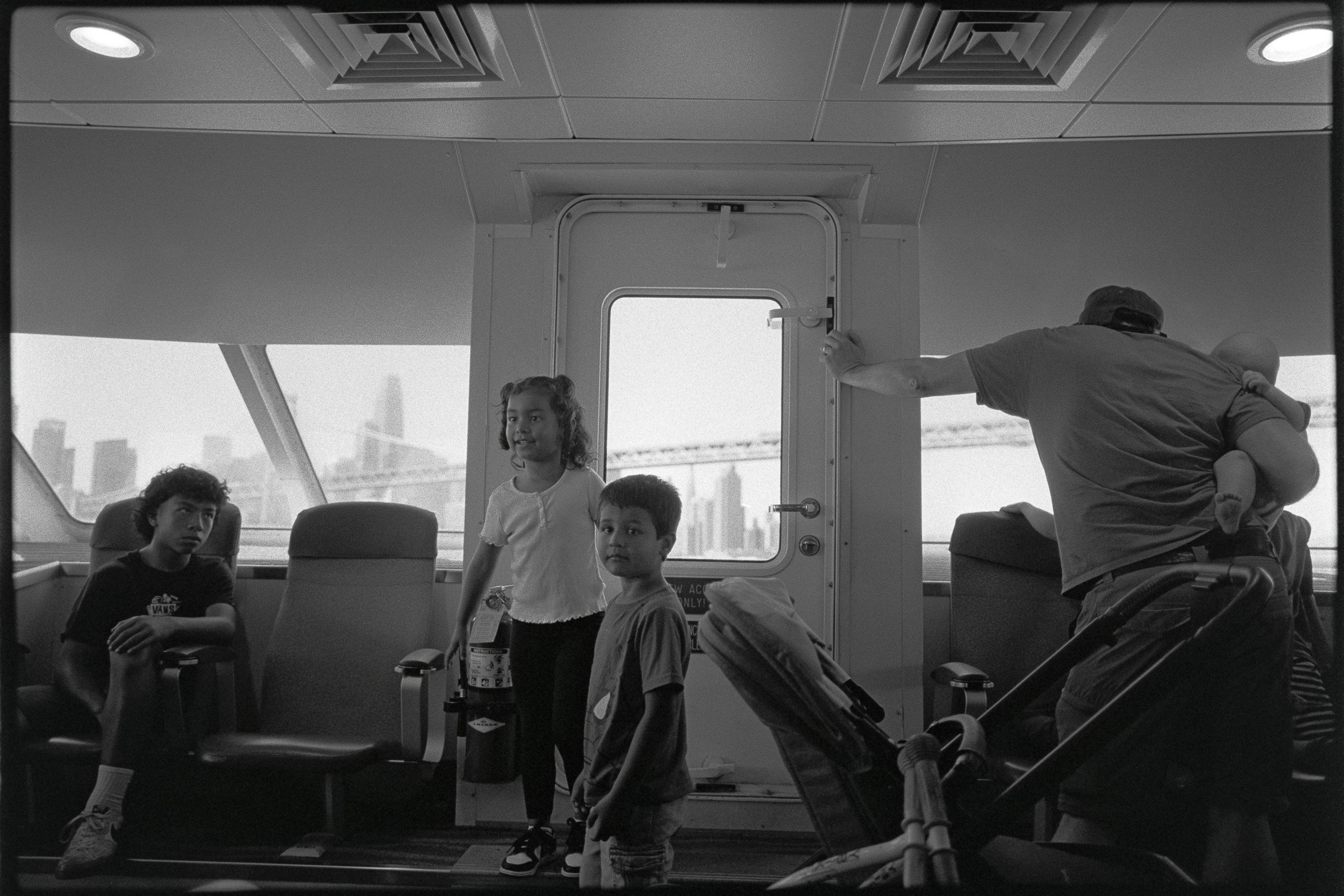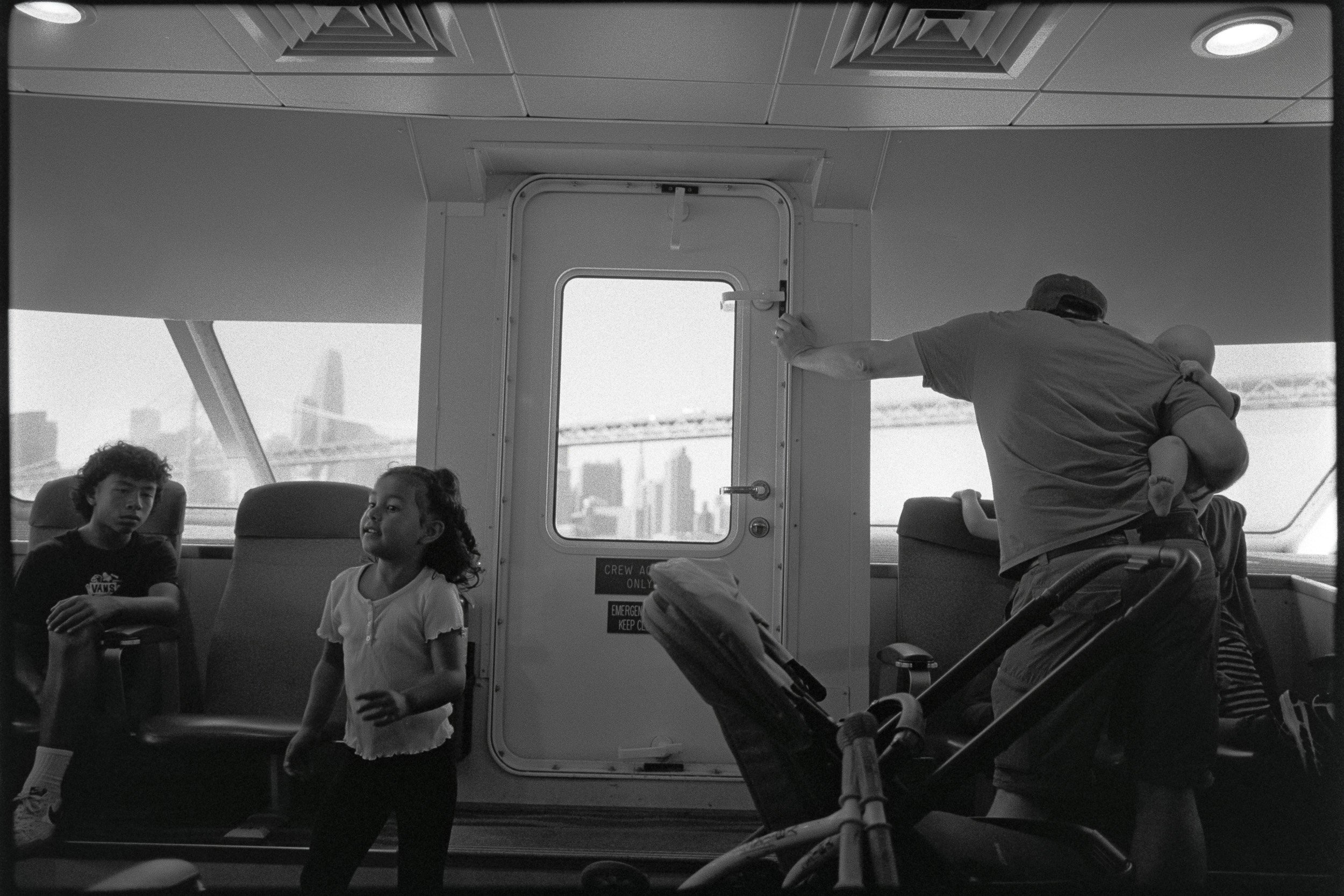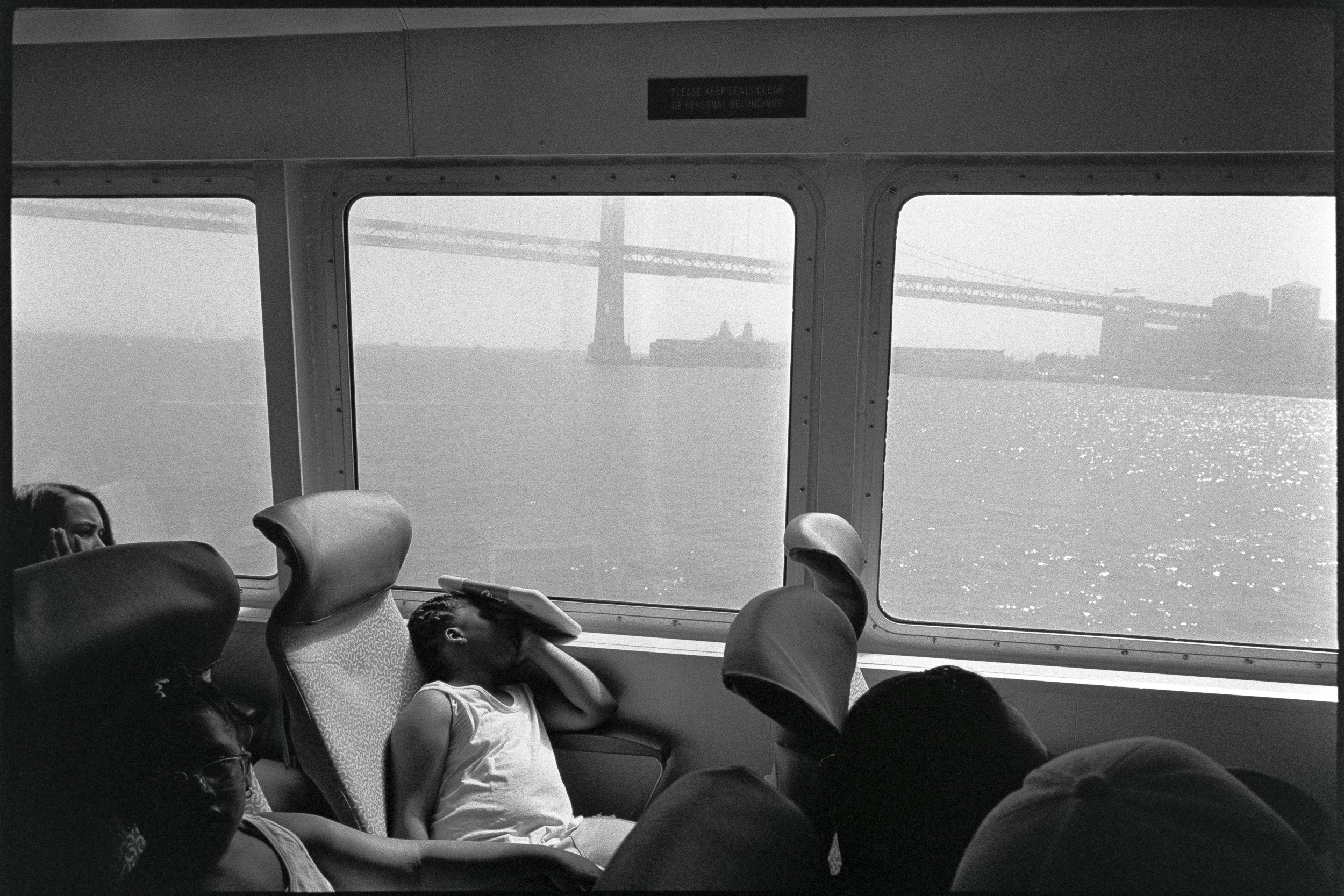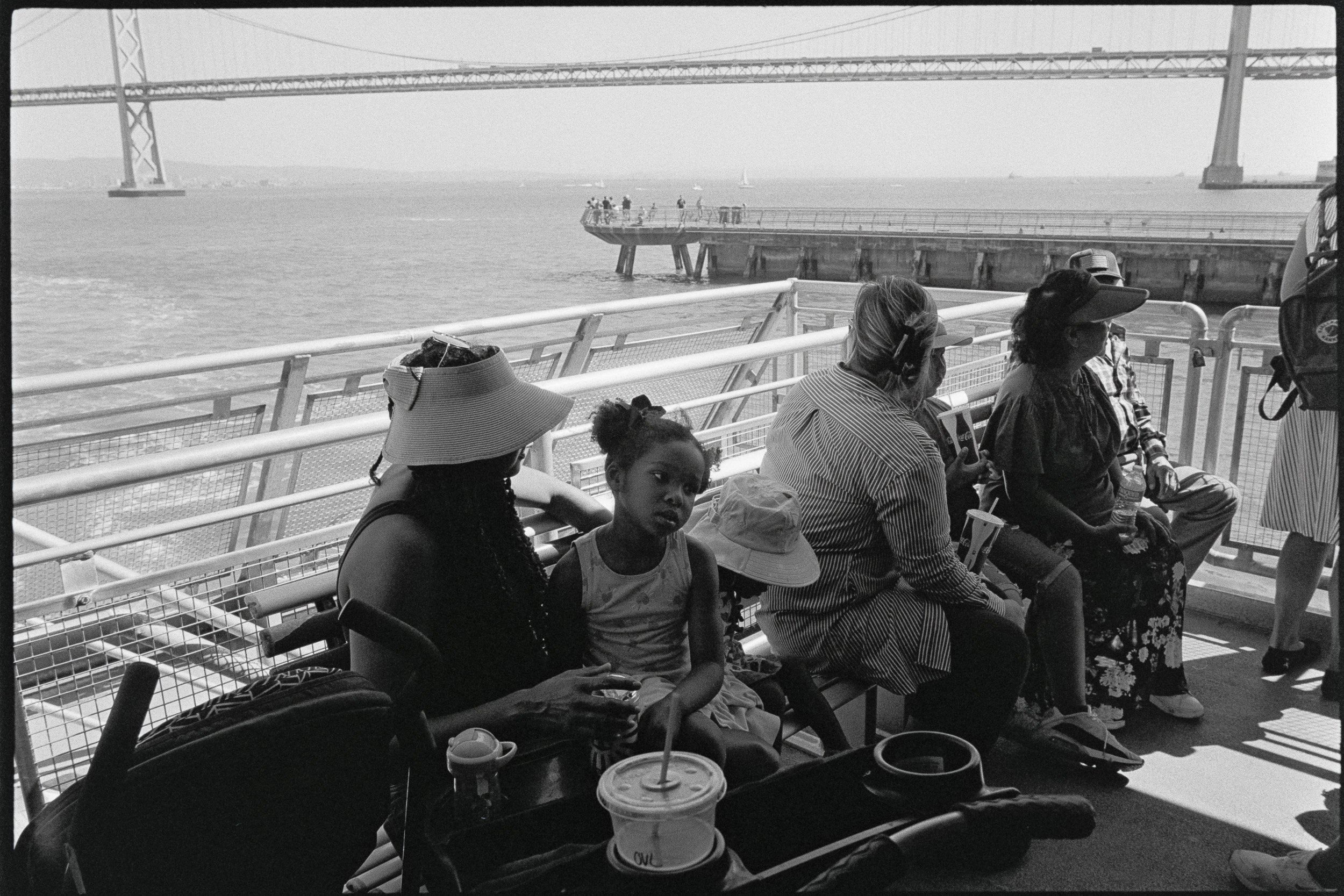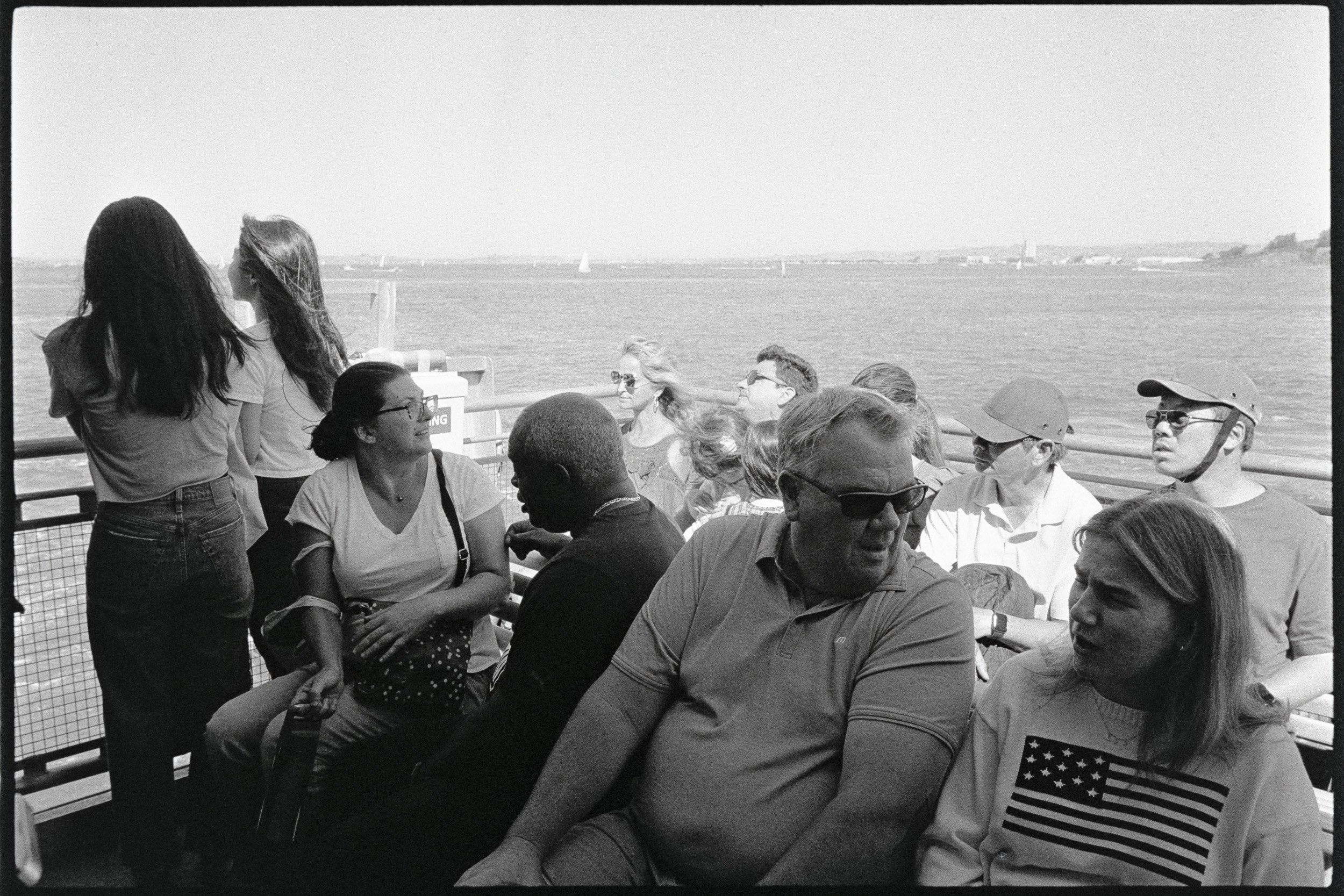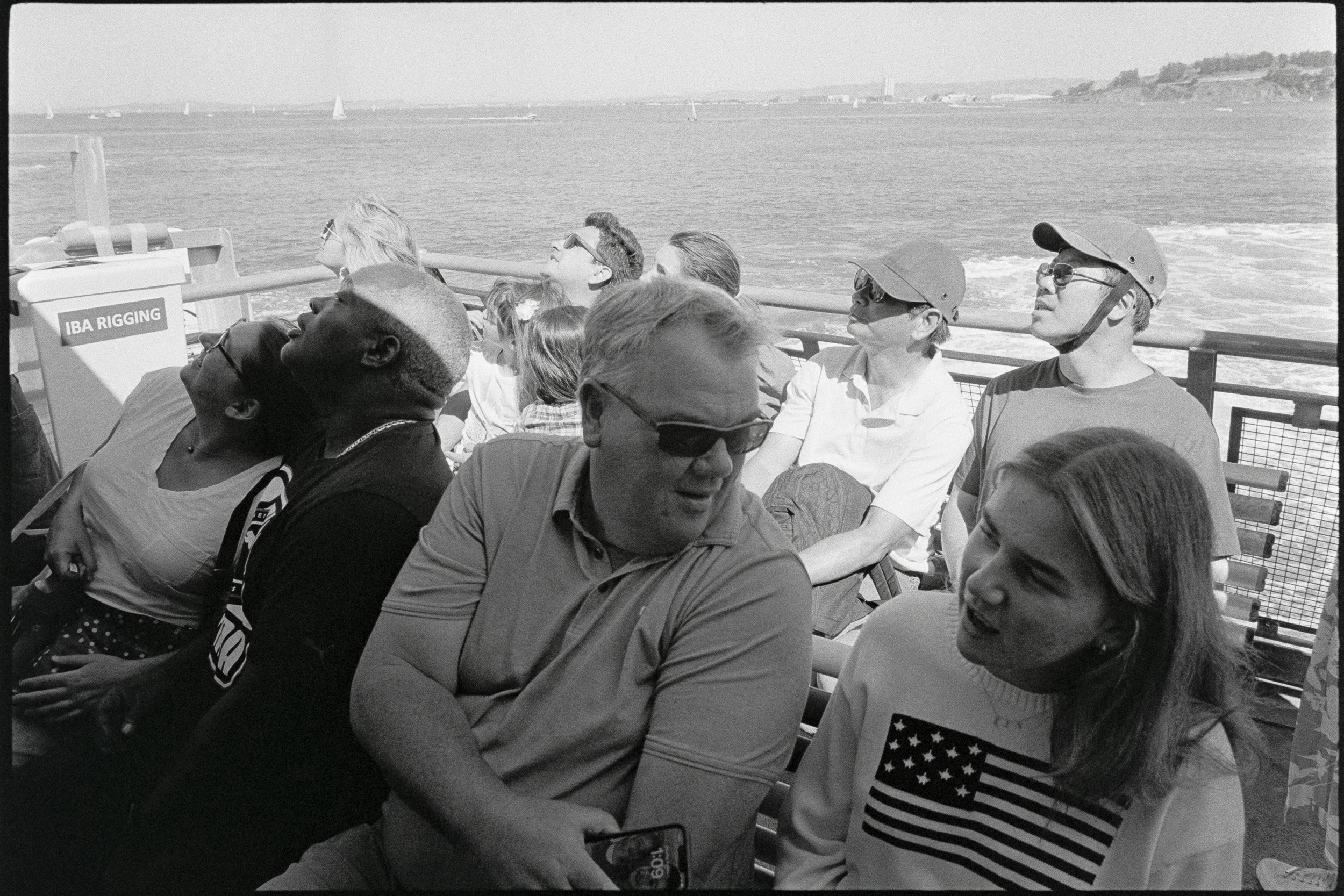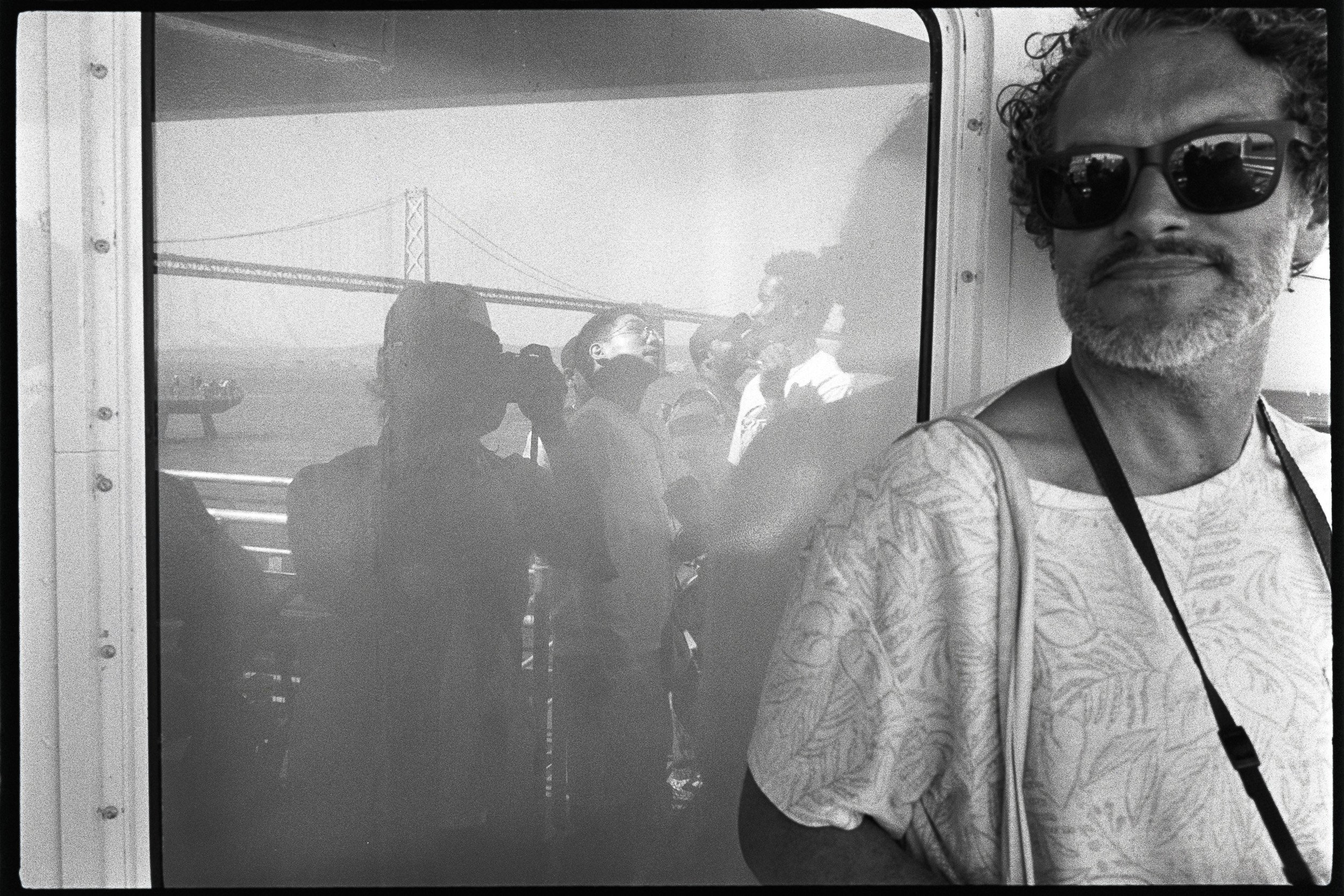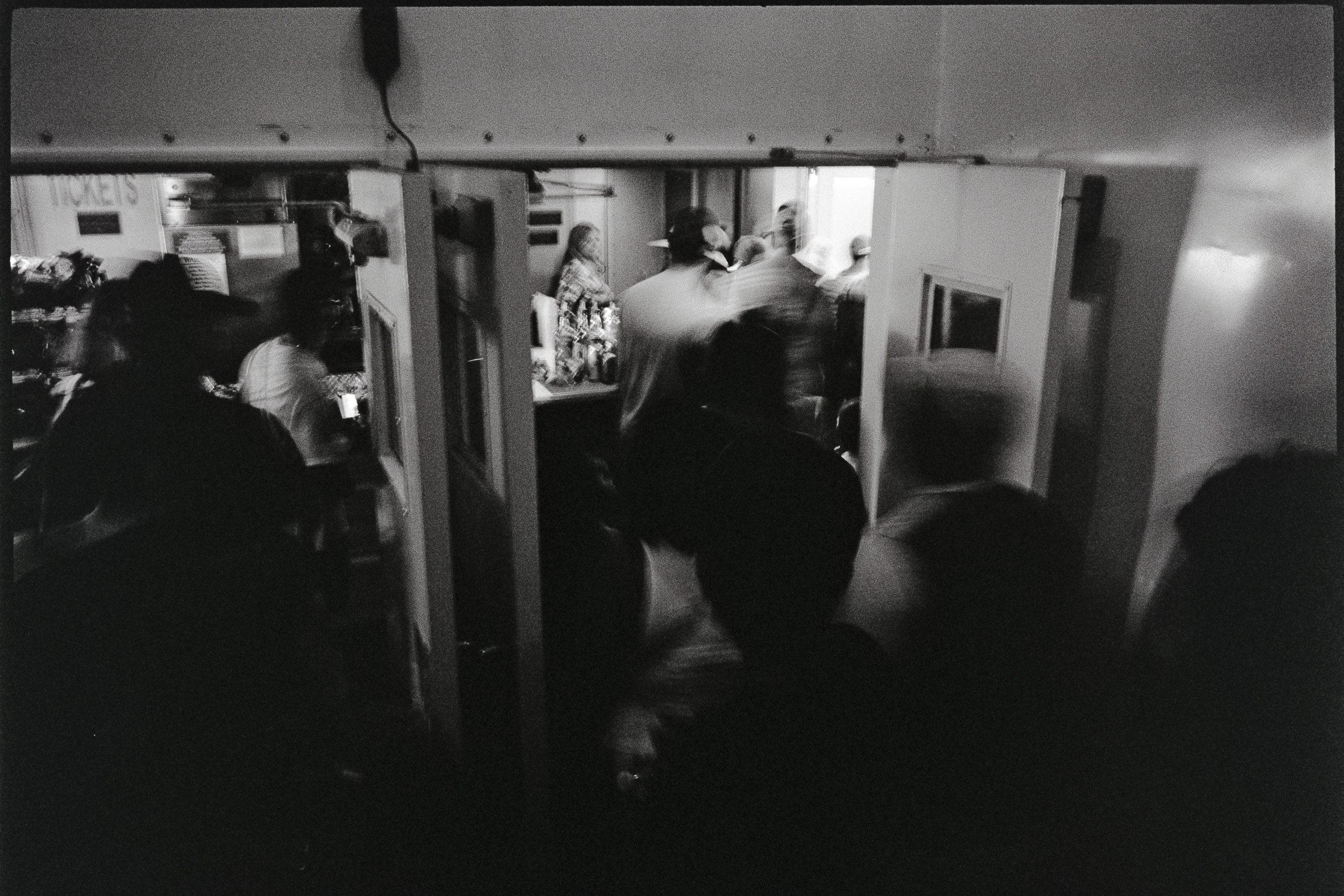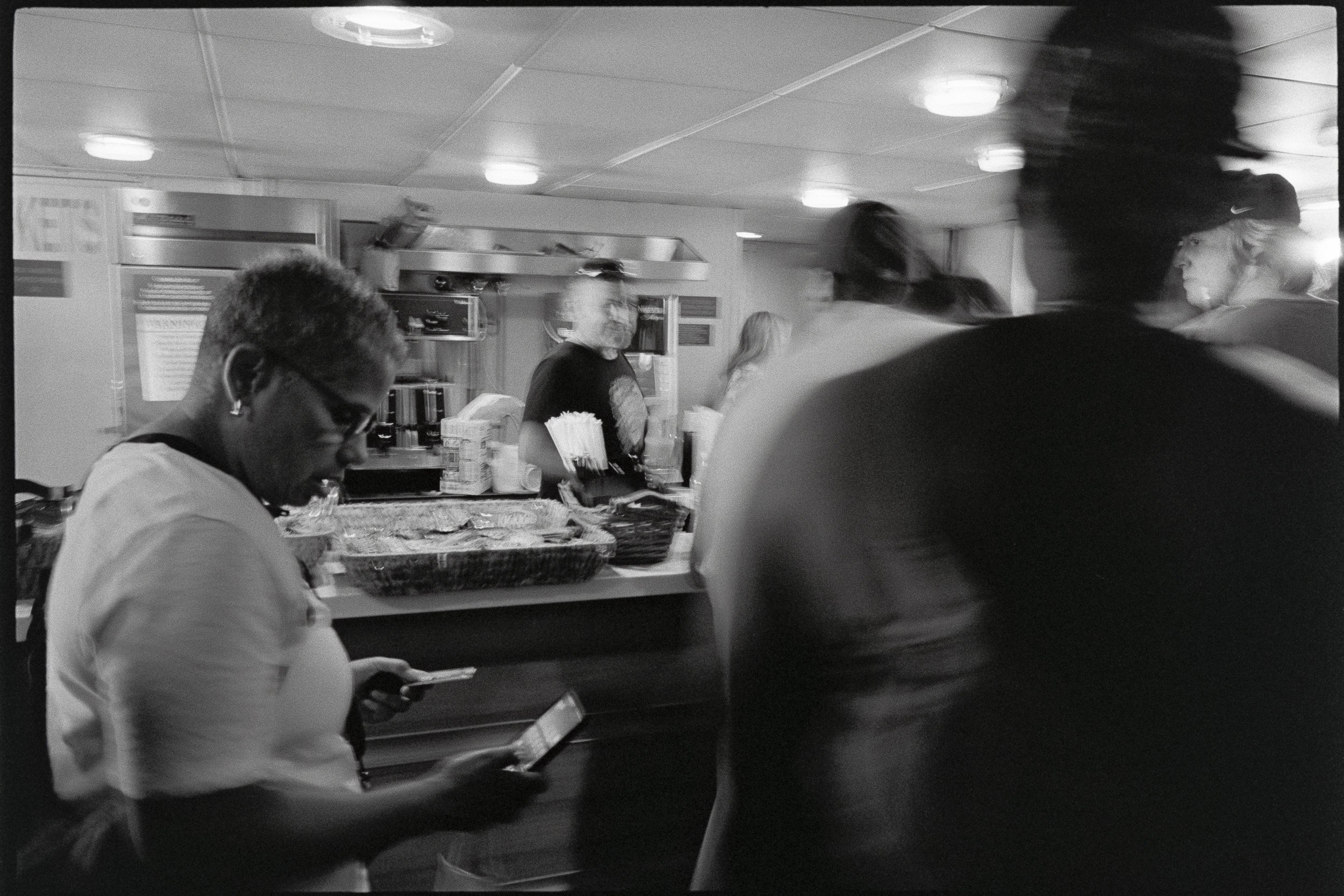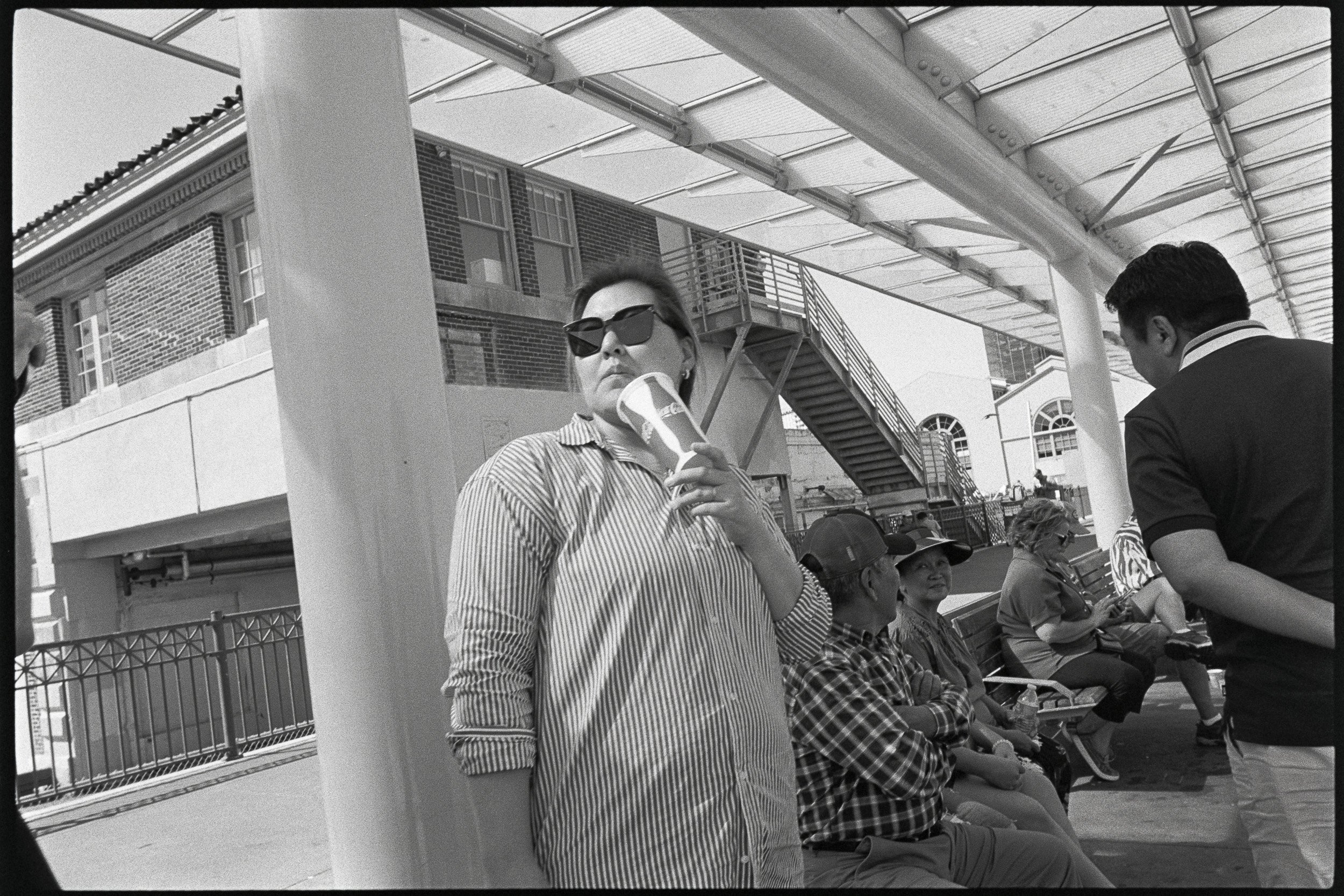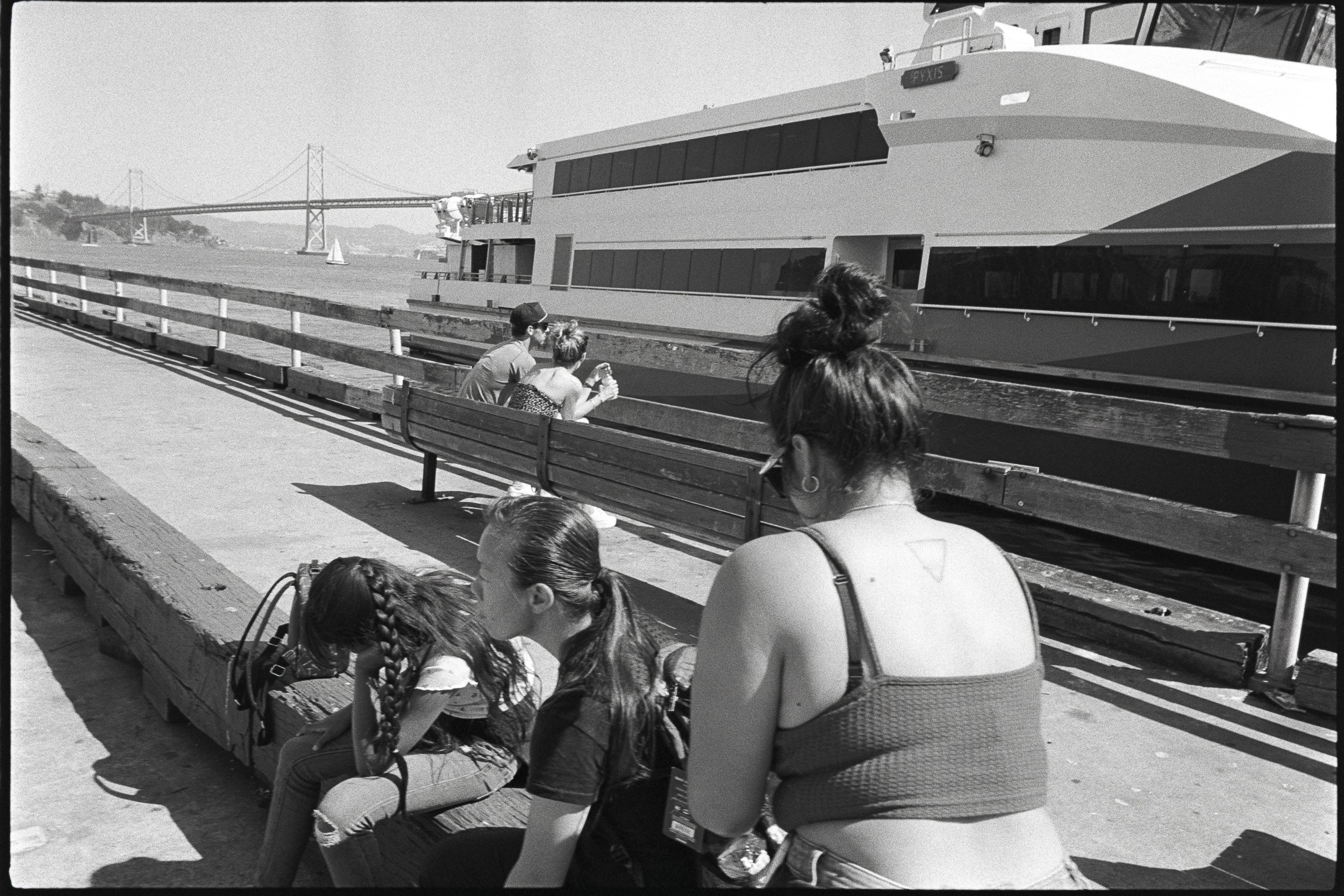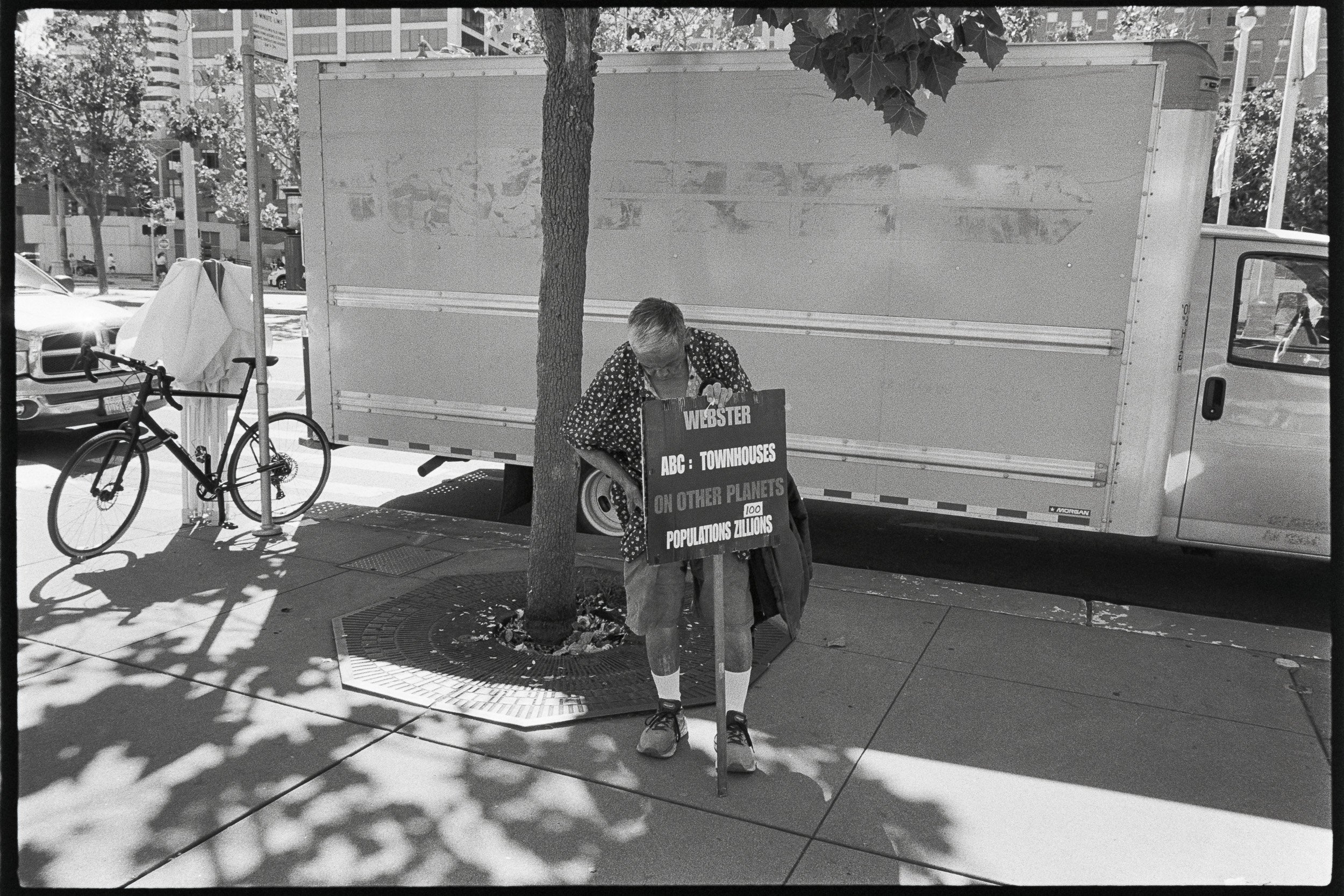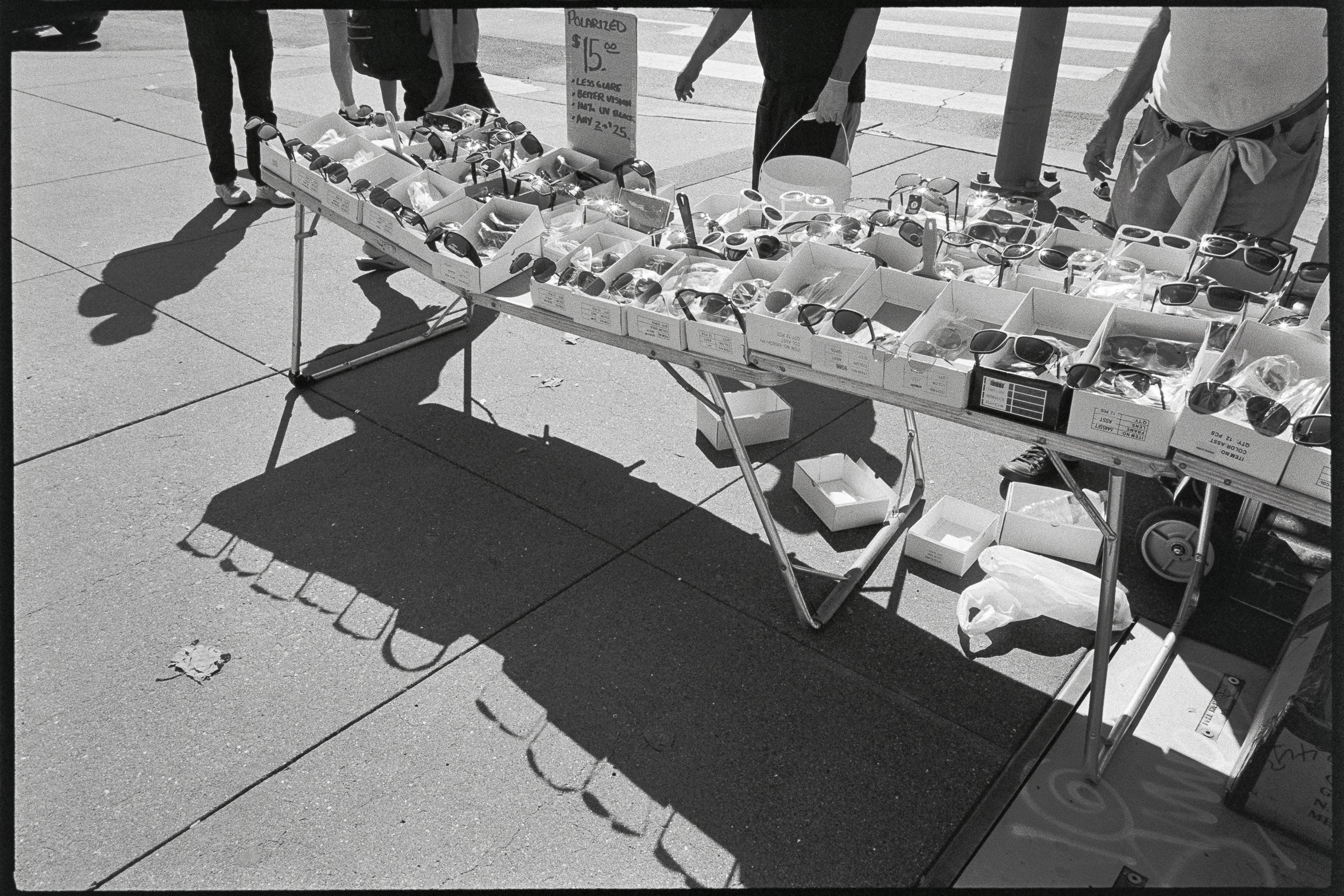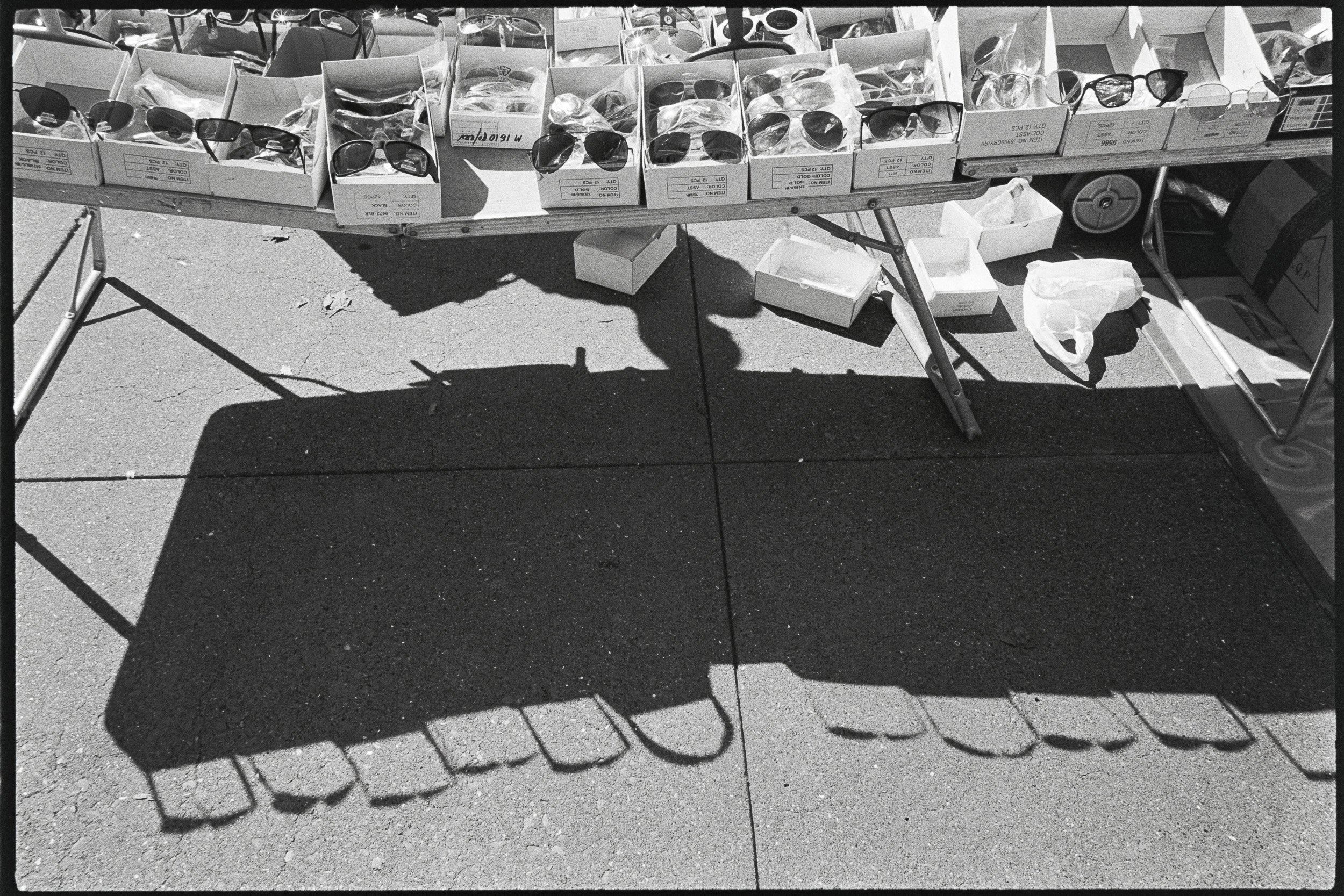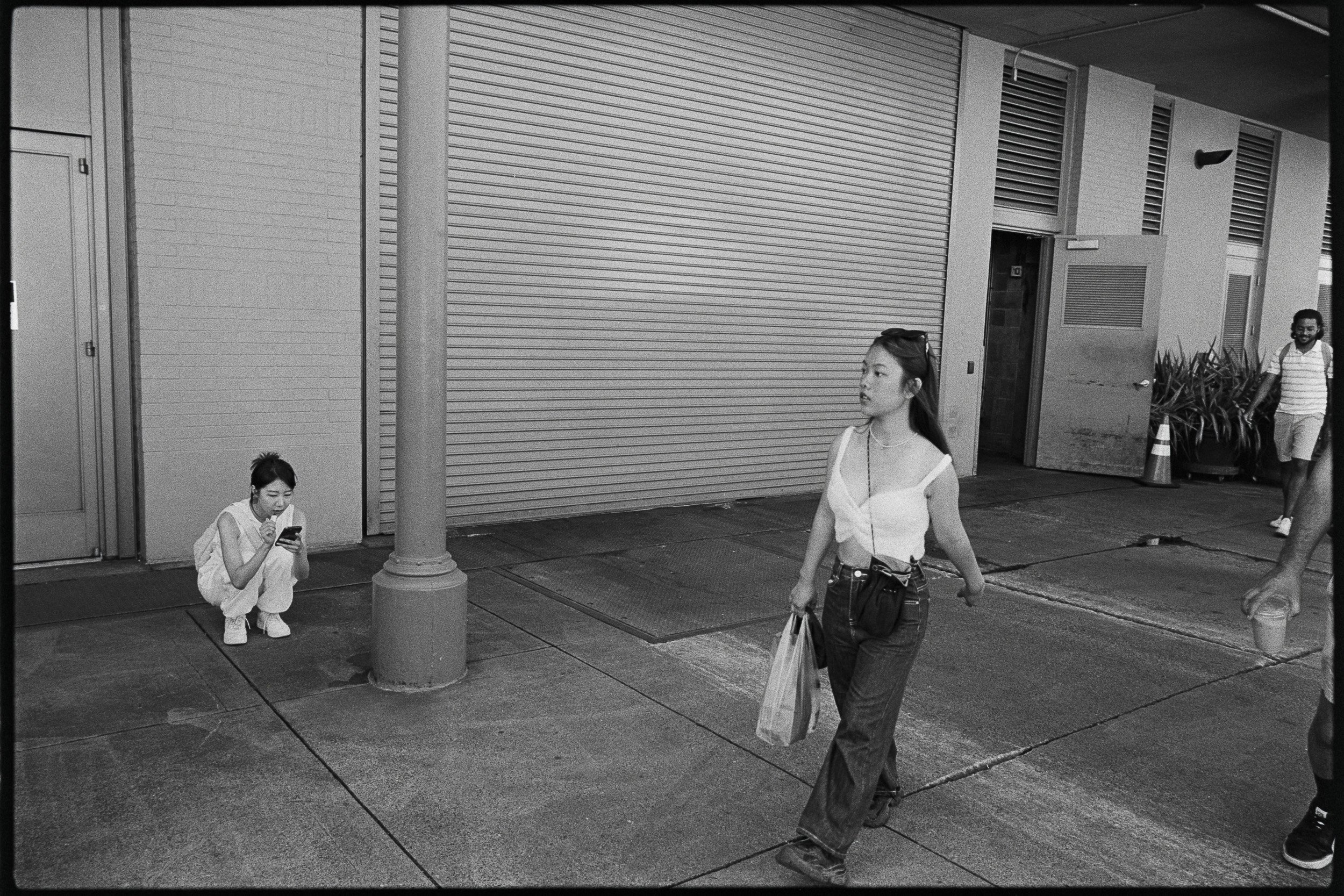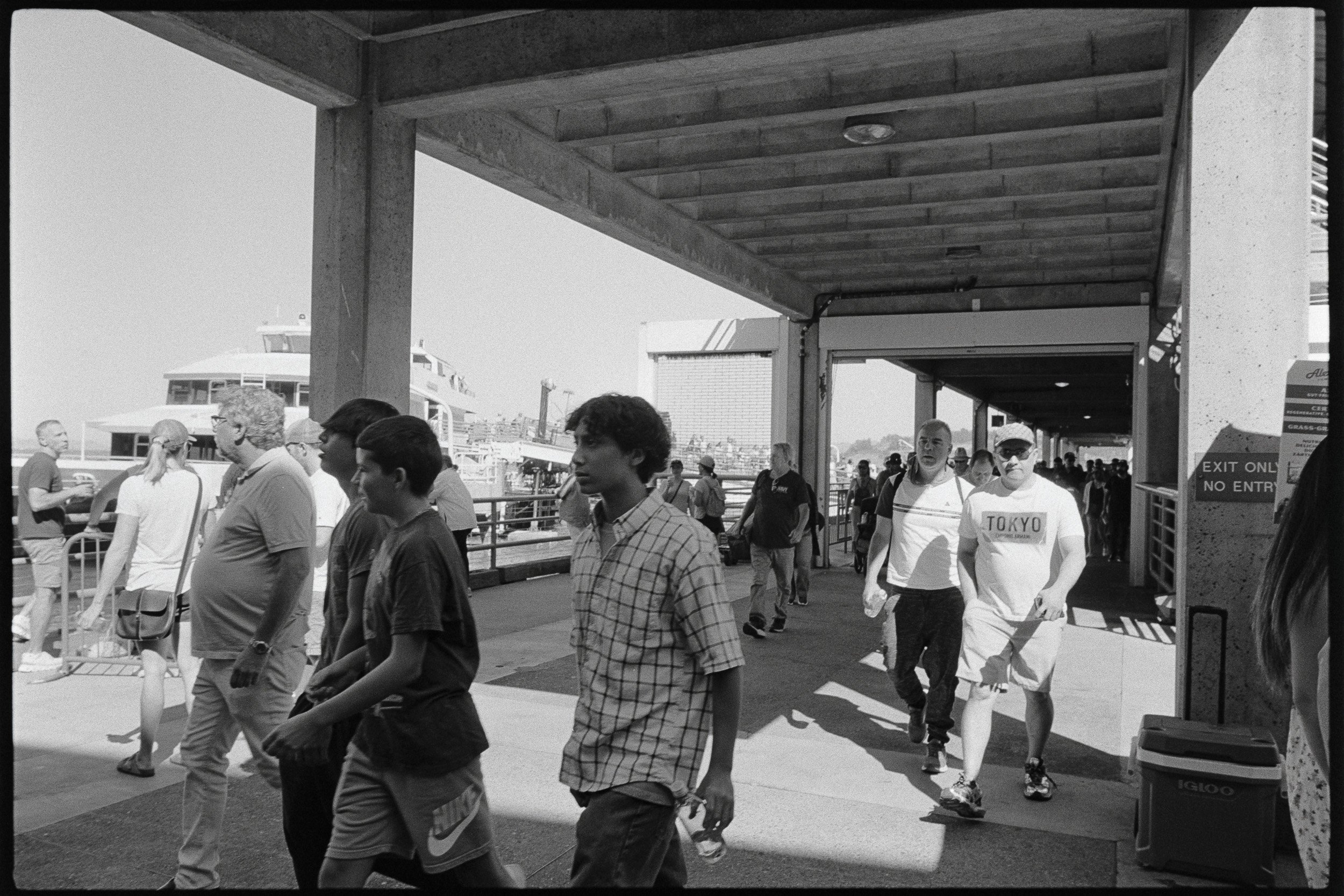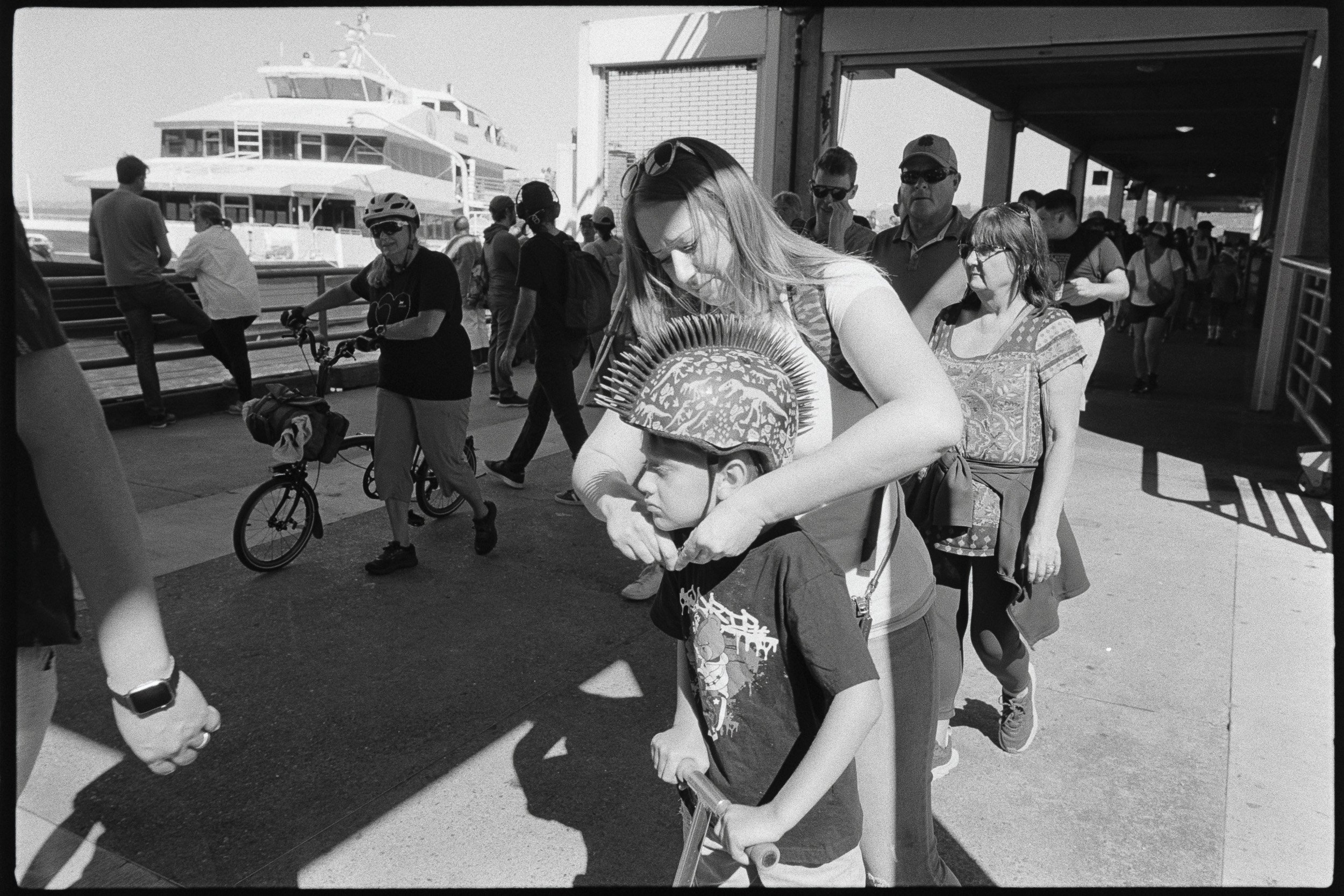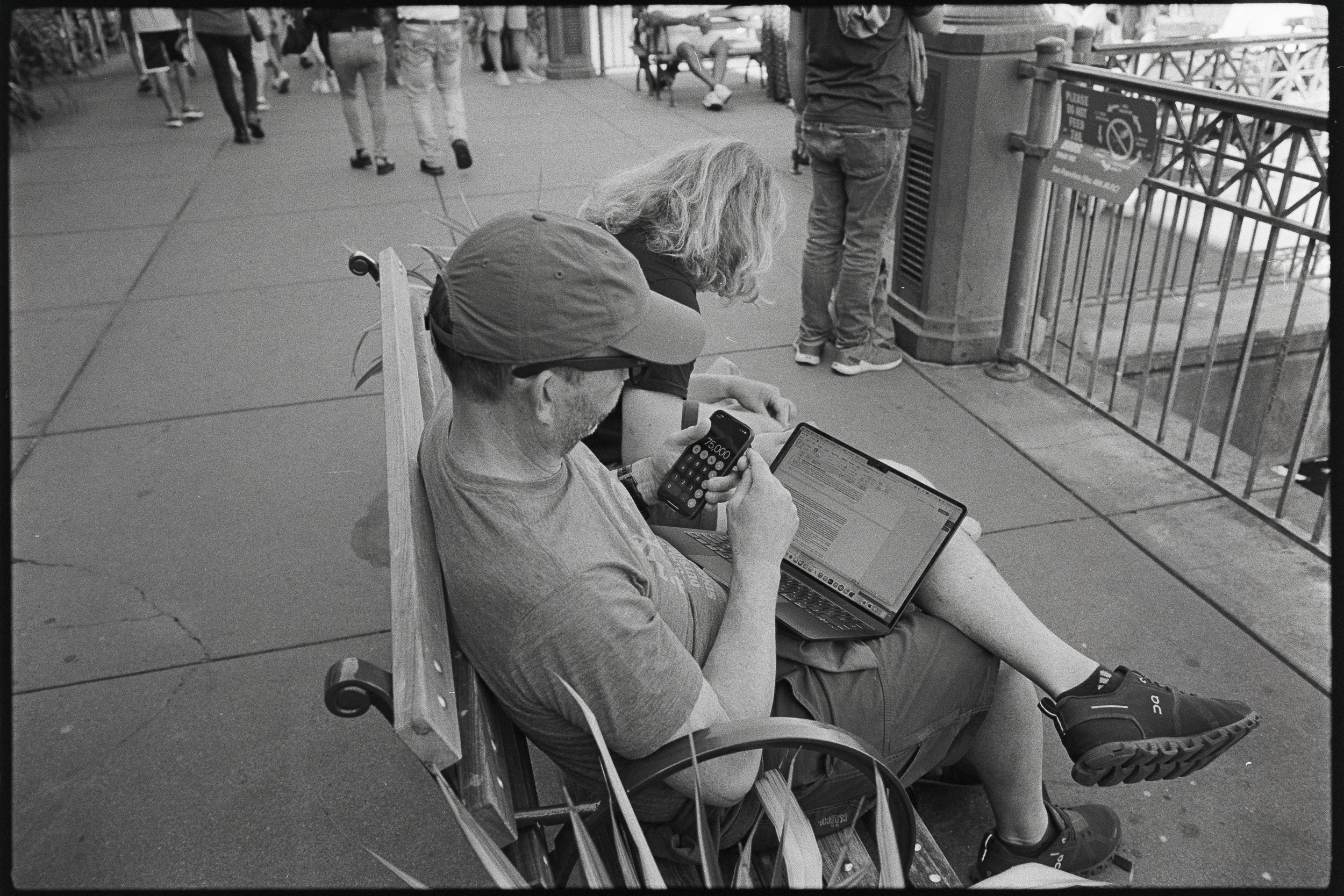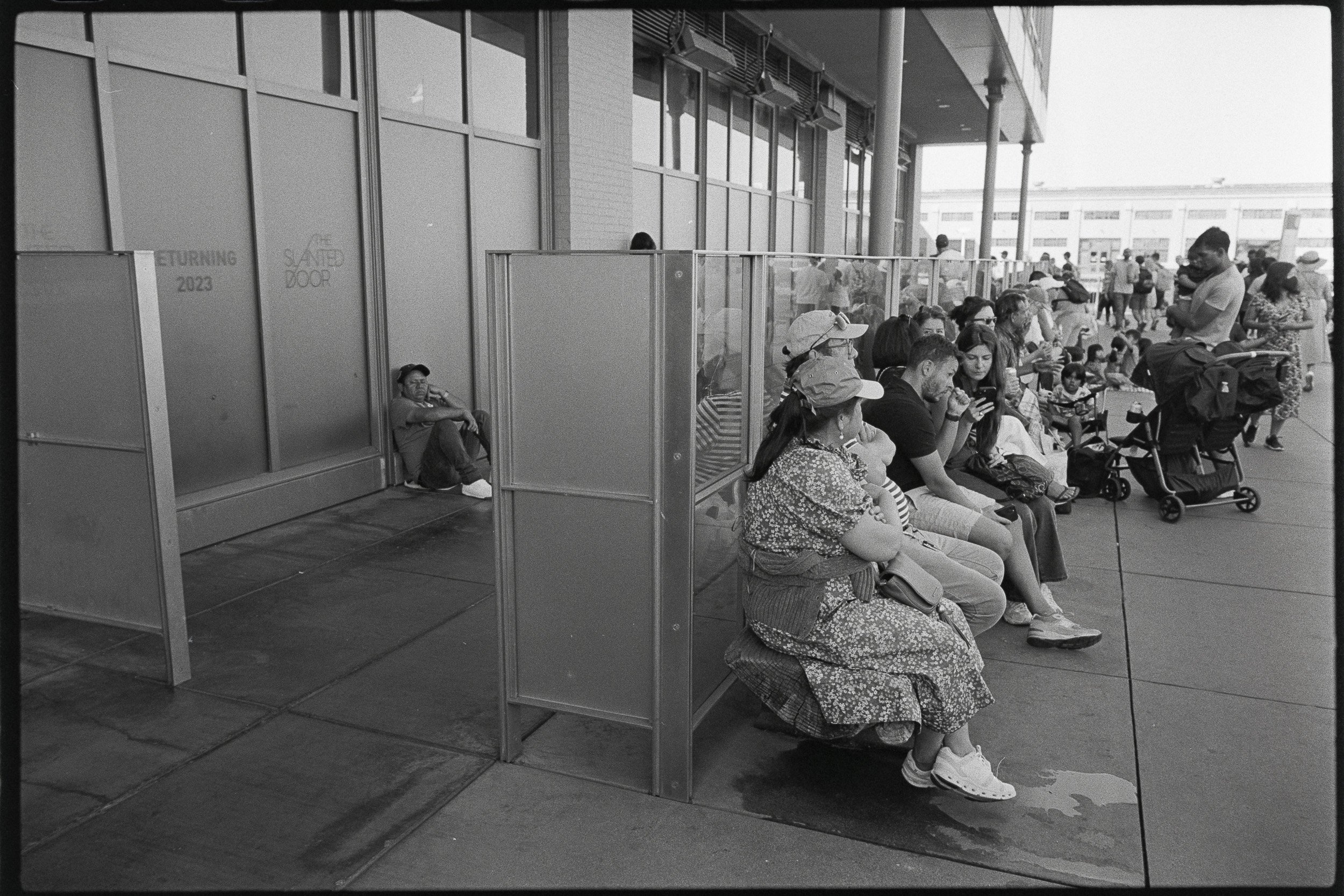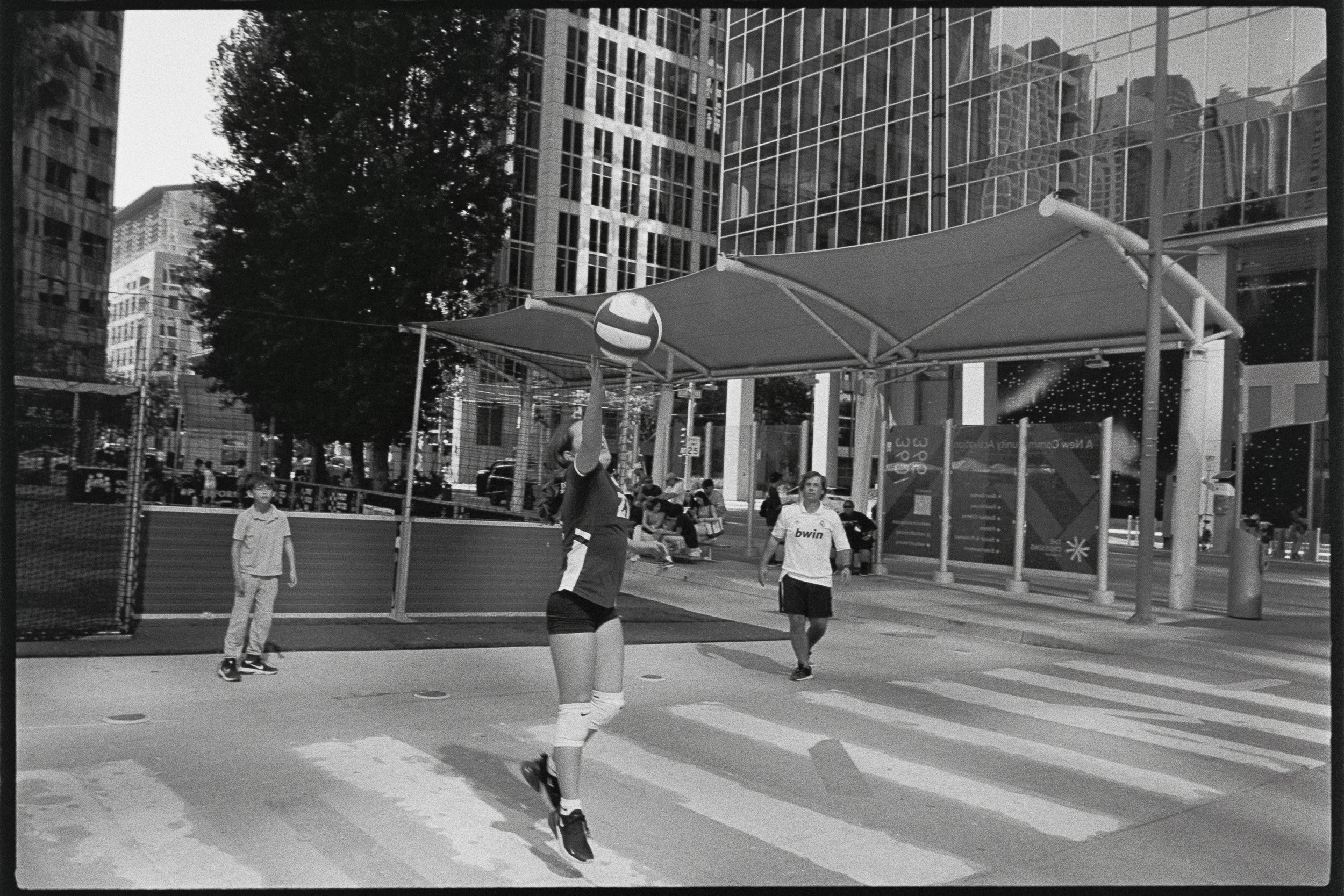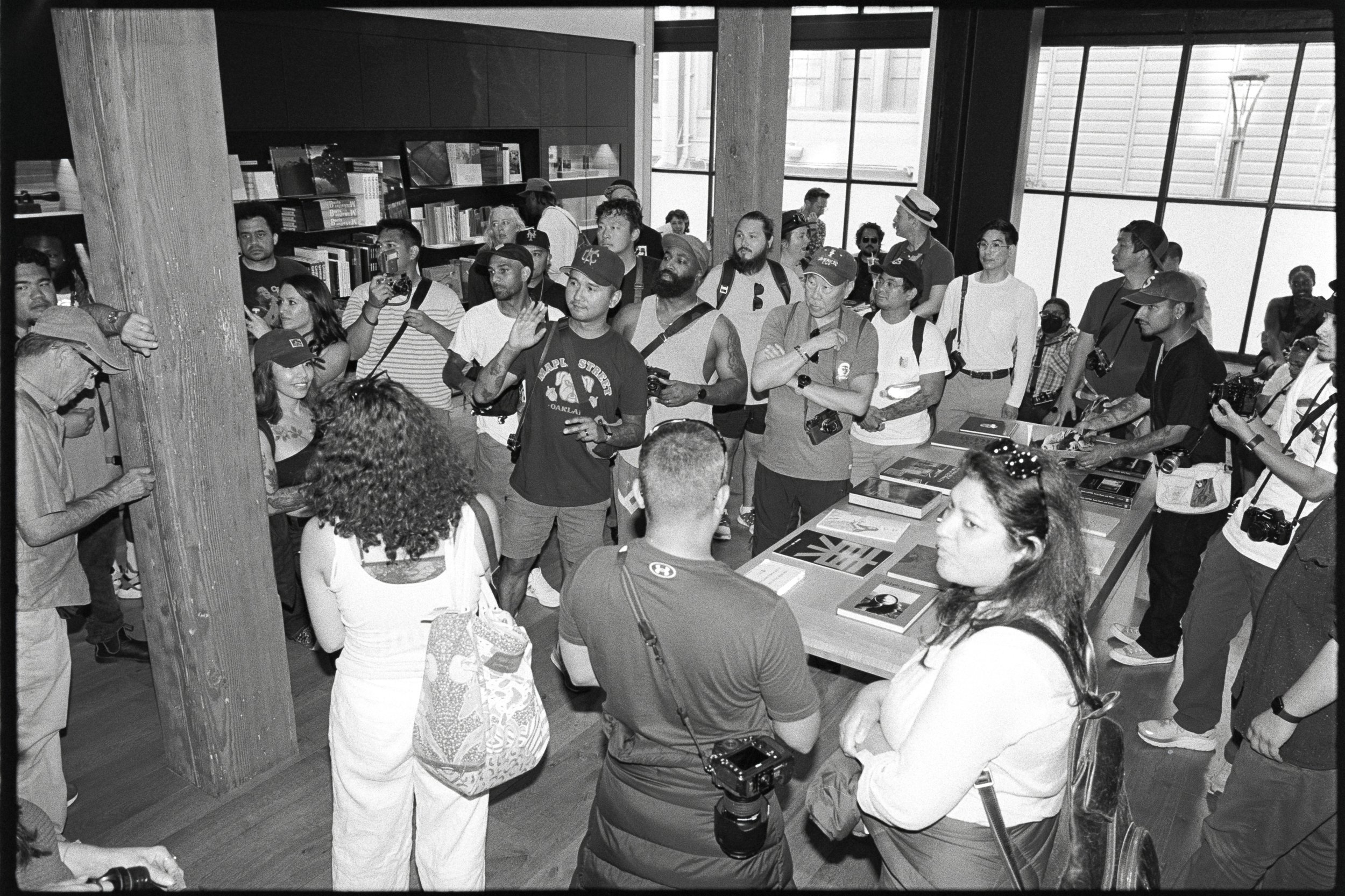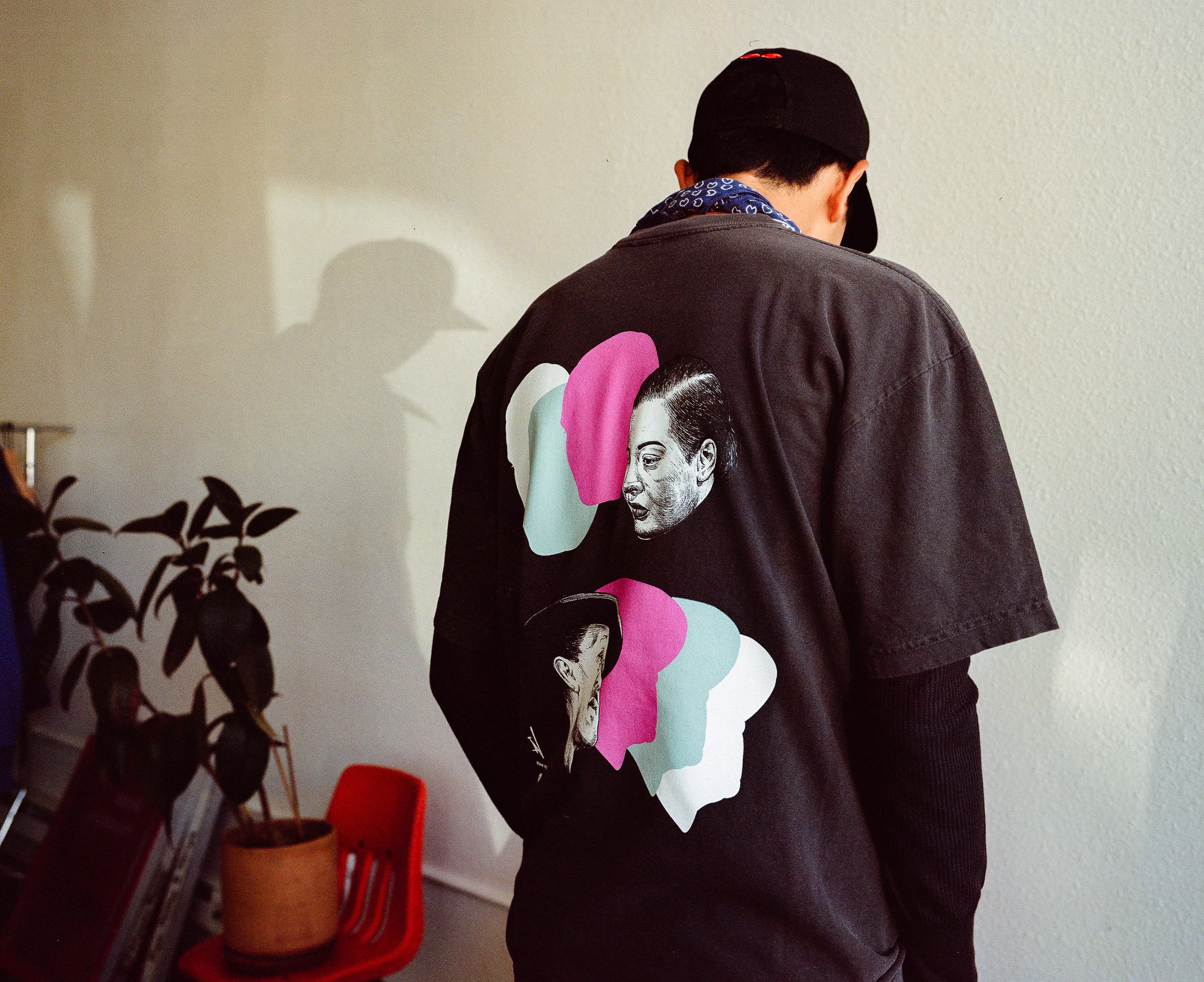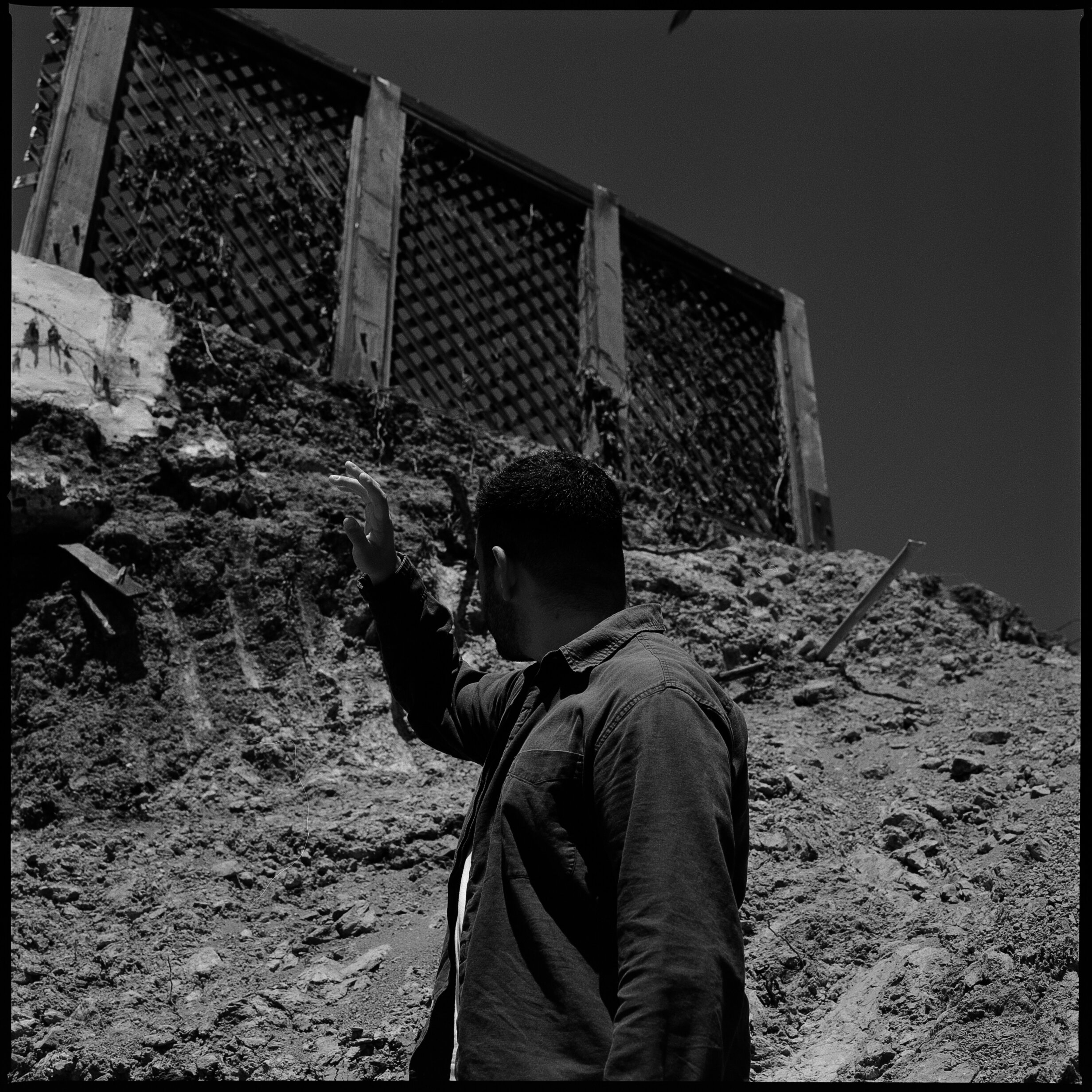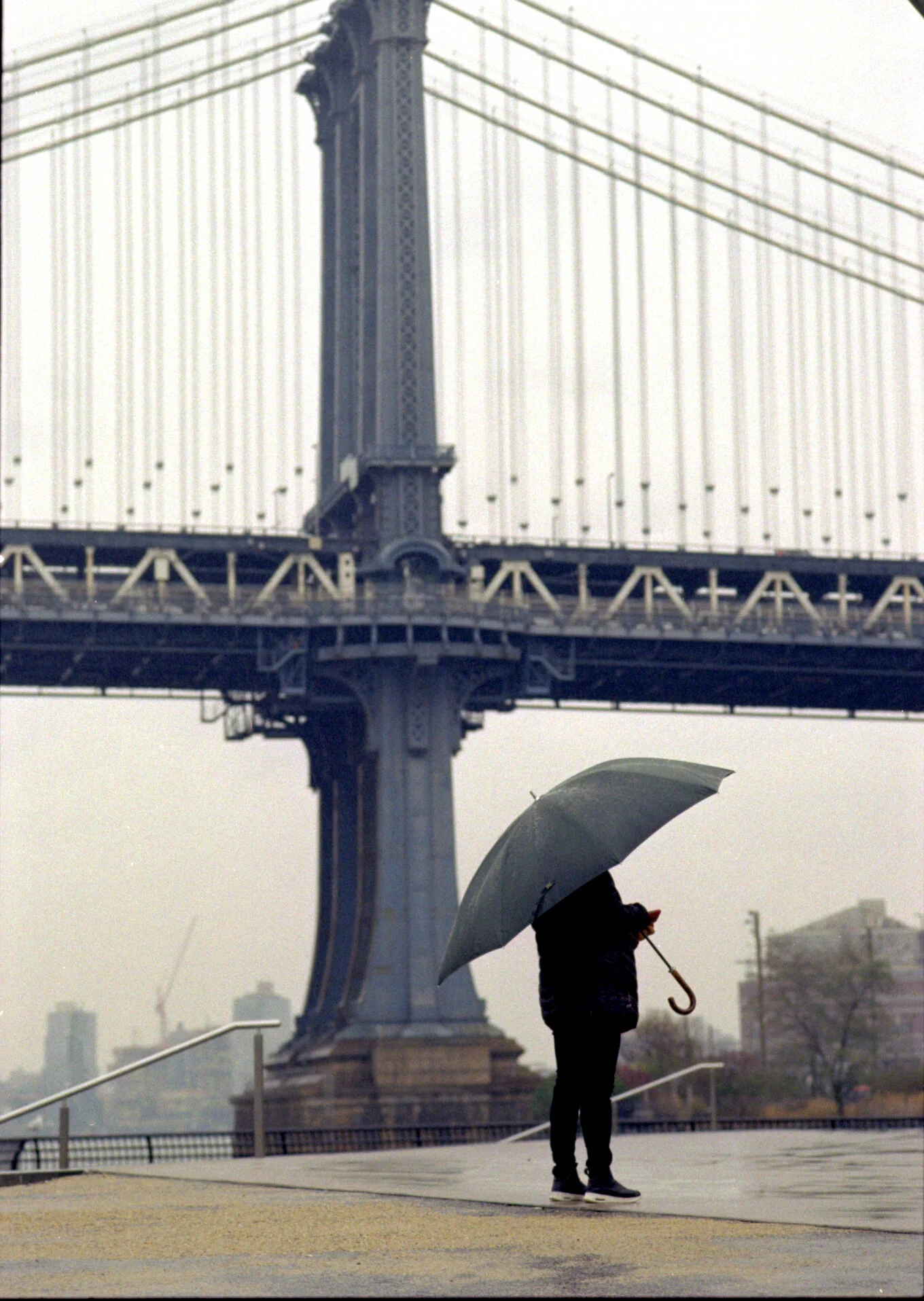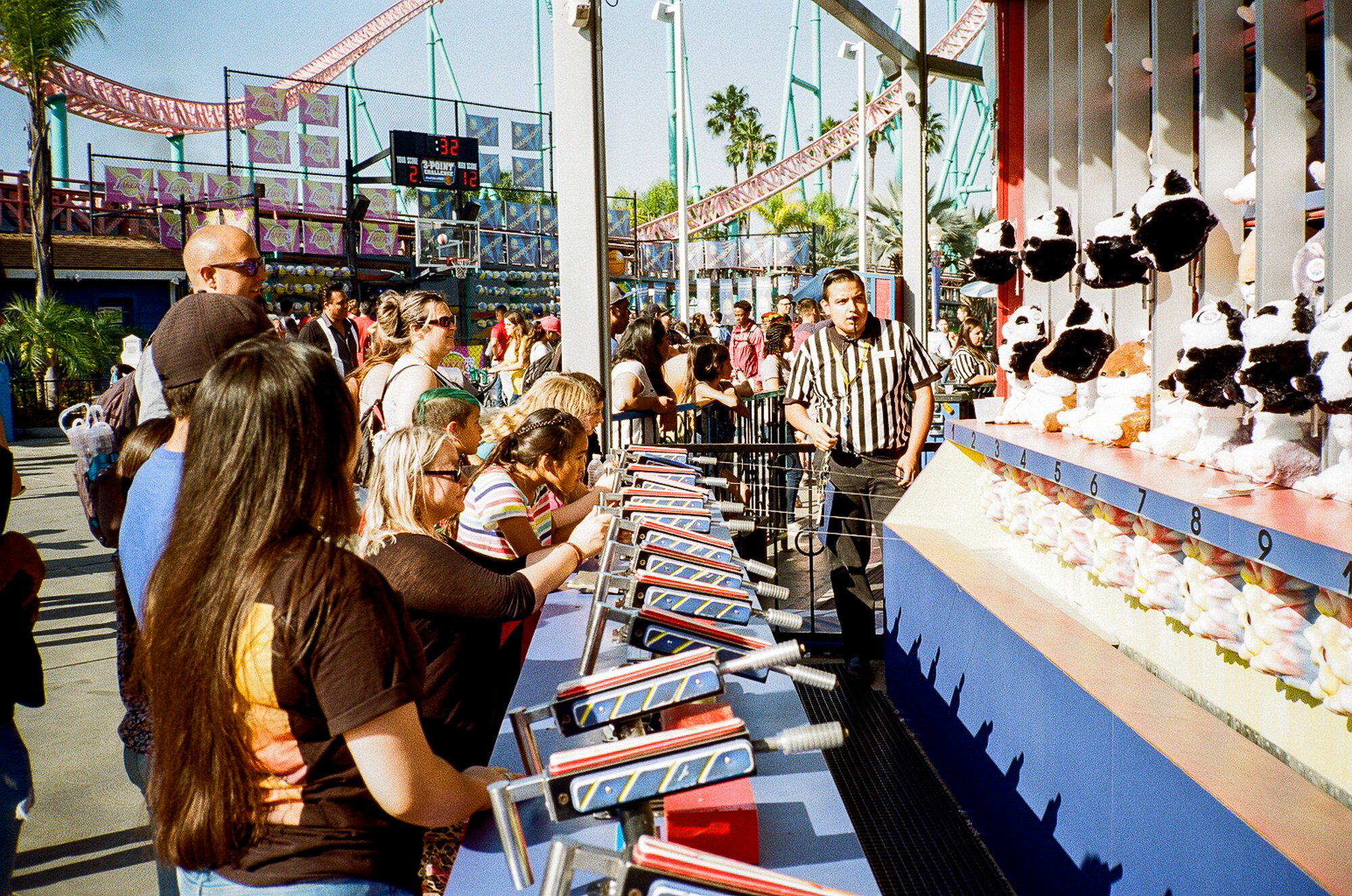This entry is on my first portrait shoot since February 2020.
My mindset going into 2020 was to make more portraits. I had a couple things in the works that were really exciting but then 3 months into the new year COVID-19 made its way into the Bay Area and went into lockdown. Thankfully, I was able to make some portraits of my friend Delaney a month before lockdown which she used as the cover art for her 2020 Album “Embodied”. With that being my only portrait shoot of 2020 and the limitations of the lockdown mixed with the fear of contracting COVID-19, I shifted my focus on documenting day to day life and the wild current events that unfolded in 2020. (More on that in a future entry.)
Fast forward to 2021, the world still felt the same level of uncertainty but at the same time we have a better grasp of navigating through it safely. As much as I love making photos on the street and documenting little slices of my life, I felt a little unstimulated and stagnant. The photos felt repetitive, like a motion that I knew the resulting outcome. I wanted to challenge myself again and diving back into portraiture was a good start. Feeling a little more comfortable, I reached out to some homies (shoutout to Cy, Kyle, and Spencer) to get a portrait shoot going.
It had been so long since I had set up a portrait shoot I forgot where to even begin. I knew the first step was looking for an open location away from people and second was deciding what to use for the shoot. Pre-pandemic, locations used to be easy to me. I wouldn’t put too much thought into it or I would keep tabs on places when I was going out. But this time I had to make sure that the location would be safe for everyone and it had to be in an open enough space just to maintain some social distancing. Once I locked the location, I spent a very long (too long) time deciding what film I would use. Making this decision was extremely stressful for me because of a couple things: wanting to experiment and try something new, choosing something familiar and reliable, or use digital as a back up. In previous portrait shoots, I almost always used my digital camera as my main camera and film as my second camera. This was mainly so I could turn photos around quicker for people. After long, headache inducing deliberations with myself, I settled on going the experimental route: Pushed slide film (aka E-6 film).
I had experimented with pushing slide film in the later half of 2020 after listening to photographer Dan Rubin talk about a Garry Winogrand exhibition showcasing his color work by projecting his slides rather than a framed print. He noted that there was more contrast and punchy colors in the projection and was later informed that Garry had pushed his film depending on the situation. I really liked Dan’s results and tried it myself. Most of the photographs I made were slices of life and the occasional street portrait but I had never used it for solely a portrait shoot. The nature of slide film is not as forgiving as color negative (aka C-41) and therefore metering is key.
The day of the shoot was bright and sunny. We met up early in the morning and headed to the location and it was relatively empty. Pretty much the perfect scenario. Even though I had done portrait shoots before, did all this prep work, and researched before hand, I still felt a little unsure of how the photos would translate. With this being my first time using slide film for an actual shoot alongside being out of practice directing people amplified my uncertainty. The concept I pitched to Cy was a cross between the 16mm footage from the skate video Alien Workshop Mindfield (double exposures) and 90’s editorial. The day started off within that mindset but as the shoot progressed I slowly started to deviate from the original concept. In a way, I was getting in my own head and thinking too hard about each frame and putting pressure on myself to stick to the concept even if it wasn’t really working.
In hindsight, some of it did work but I will have to come back to it and refine it a bit more as it resulted in some dud frames. Luckily, Cy’s homie Kyle was wearing an androgynous outfit which was immediately eye catching. At this point of the shoot I was struggling to come up with different compositions for Cy and he suggested I take a couple photos of Kyle too (His outfit was too good not to). So I made a couple frames with Kyle and that instantly got my creative brain fired up again. The last part of the shoot consisted of Cy and Kyle in the frames. Their chemistry in the photos and their contrasting outfits worked really well together. Having Spencer there to hold the reflector and Cy suggesting his Promist filter and Star filter was a huge help! However, I messed up on the metering in the later half of the photos resulting in slightly under exposed/darker images. This was mostly due to the super harsh lighting condition and not wanting to blow out the highlights. But altogether I would say that my first shoot of the year was a success! Not only was I able to dust off my directing and communication skills but I got to experiment and try something new for myself. Plus the collaborative effort that everyone put in made this experience that much more enjoyable. I am definitely excited to plan more shoots this coming year and create more work with talented individuals.
A huge thank you again to Cy, Kyle, and Spencer. I really could not have done it without y’all!
Shot Kodak Ektachrome E100 with a Hasselblad 500CM and a 80mm f2.8 Zeiss Planar.
